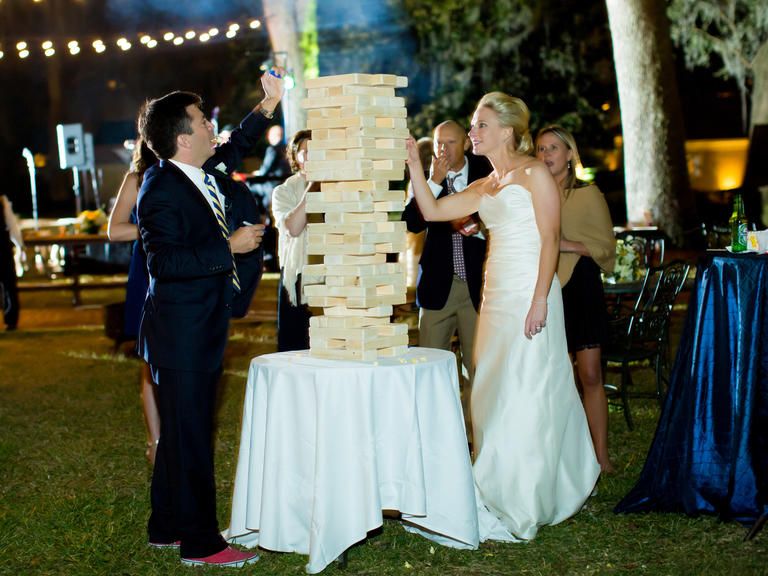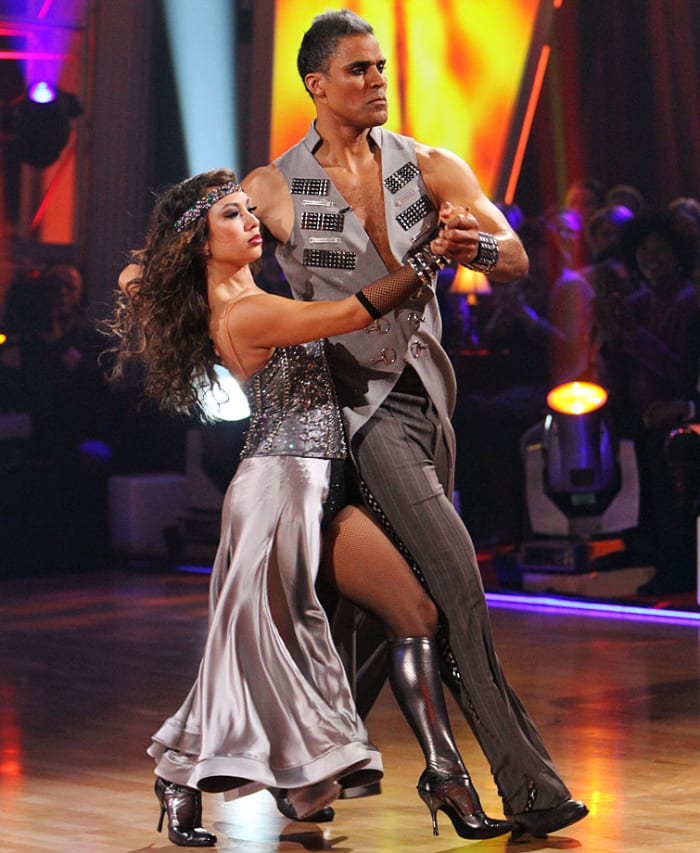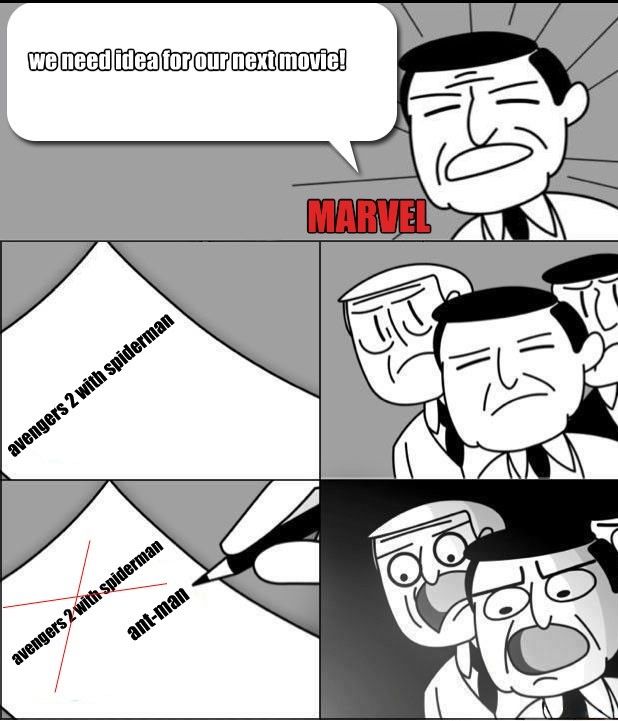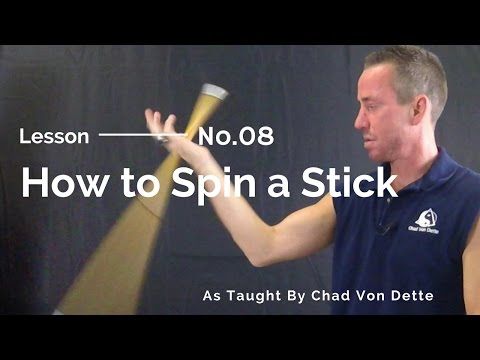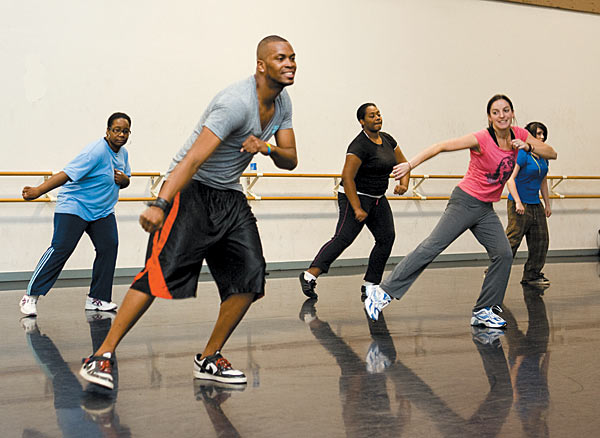How to join a dance company
How To Get Into A Dance Agency
How can working with a dance agency be helpful for you? And how do you get into a dance agency?
As flashy and glamorous as the life of a professional dancer may look, dance work is still work – hard work.
Years of training and long hours aside, a big part of being a professional dancer is finding this work itself.
Dance agencies exist to guide dancers through their professional careers. Yet many dancers still find the process of getting into a dance agency somewhat of a mystery.
Especially those who come from a collegiate / community background with not much experience in the industry.
We chatted with our “signed” dancers Denzel and Bianca, along with Bloc Talent Agency assistant Havi, to break it all down.
What is a dance agency?
Dance and talent agencies are companies that help artists (actors, dancers, models, etc.) find professional work.
They connect dancers with jobs like commercials, music videos, tours, roles for TV shows and movies, and more.
While it is possible to find dance jobs without being represented by an agency – if you have the right connections – dance agencies help you find the best-fitting opportunities.
You’ll also get to know other dancers in your agency that have similar aspirations, and talk to agents with years of dance work experience.
You might feel intimidated going to auditions without any friends or jump into this career without a support system.
You can get that “community” or “family” feeling through a dance agency. Not to mention, being signed with a dance agency adds a little umph to your dance resume.
Would you rather get open-heart surgery from “Jessie Ma” or “Jessie Ma, M.D.”?
How do you find a dance agency?
If you know a dancer in your area who is signed with an agency, then ask them about their experience and suggestions.
Word of mouth and personal accounts are very important!
My friends were getting signed by different agencies and let me know when theirs were having auditions.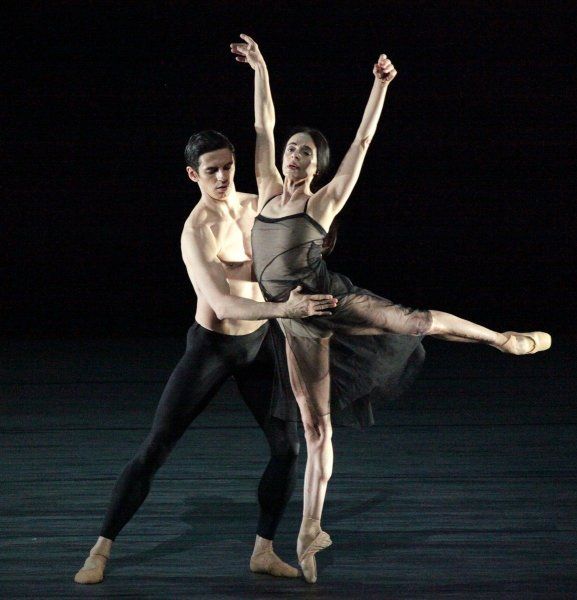
– Bianca Vallar
And look up those dance agencies online – you will find a section on their website where you can submit for representation, or find out the up coming audition dates.
If not, you can click on their “Contact” section and email the agency to ask when and how to audition.
A few major agencies in Los Angeles are Bloc, MSA, Clear Talent Group, Go2Talent.
Finding the one right for you is a process.
At first, I didn’t have a specific agency I was more focused on. I just wanted to see what the audition process was like and if I could even keep up. But when I started to get a bit more knowledge on the specific agencies and what they had to offer I realized I really wanted to be part of Bloc.
– Bianca Vallar
How do you audition for a dance agency?
To get signed with a dance agency, you need to audition, have an interview, or submit your dance resume and reel – or do some combination of those.
The process varies depending on the dance agency.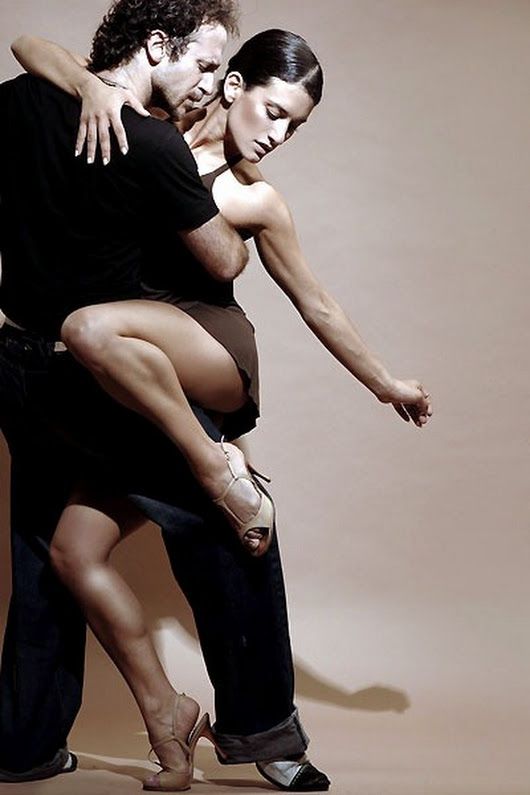
Some auditions are split up by style –
For Clear, there was a freestyle part (which was optional, mainly for the bboys, poppers, krumpers, etc.) There was also a Jazz/Contemporary call and a Hip Hop round. You can choose to go to just 1 or all 3; but the more styles you show them the more they know they can utilize you.
– Denzel
Bloc hosts an open audition once every year, with a hip hop portion and a technical portion. We also have a submissions tab on our website. Sometimes agents find dancers at events they attend.
– Havi
Learn from each audition
Bianca took each audition as a learning experience:
I went into my first one and completely failed. After auditioning for a few dance roles at Disney I was used to auditioning, but auditions in LA are way different. I felt like I was wearing the wrong outfit and my headshot was too amateur. Even though I was comfortable with the combo, the LA energy was so different from what I was used to.Through that first audition, I realized how much I needed to prepare to have a successful audition so I wouldn’t feel so lost. I took a lot more classes in North Hollywood to better acquaint myself with the “industry” style, met with friends who were already signed and picked their brain on everything I could learn about the industry and agencies, got new headshots that looked more professional, and even met with a good friend who gave me style tips so I knew what to wear. The prep and new knowledge allowed me to be more comfortable with each audition.There are so many dancers who audition for Bloc, which makes it even more difficult to stand out. Bloc mentioned on their audition flyer that it was gonna be a heels audition for girls. So I knew that the audition was going to be a bit more body conscious and I’d have to focus on my “look." I made sure I felt really confident in my outfit, did my makeup and hair like I was about to do a performance, and took a lot of heels classes to practice.
If you prep well beforehand you'll feel confident going into the audition. Then all you have to do is let your dancing speak for itself.
– Bianca
What is it like working with a dance agency?
Considering how much work it takes to get into a dance agency, there must be a lot of benefits to being represented.
Once signed, they'll notify you of auditions for jobs (some of them exclusive to your agency) or offer specific work if a casting director or choreographer finds you through the agency, based on your photos, resume, and reel.
Some choreographers trust a specific agency with their work or book you directly through your agency because they're known for having reliable dancers. And your agents take care of a lot of the logistical parts of dance work – like getting you your check or submitting you for gigs.
– Denzel
They're also very helpful when handling contracts and legal paperwork, making sure you get paid correctly, and your ensuring that your basic rights as a dancer are met.Unfortunately, sometimes people don't view dancers in the industry highly. So a lot of companies will try to rip us off because they don’t understand the work that it takes to be a professional dancer – resulting in horrible working conditions and underpaid dancers. Agents make sure that doesn’t happen and that we're treated fairly.
– Bianca
How often do you get auditions through a dance agency?
The frequency of auditions can vary, but you’ll have access to many more opportunities through a dance agency than if you were not signed.
Denzel used to be invited to 2-3 auditions a week, and go to all the ones he was interested in. Other times, he says, he’ll only get an offer every other week.
Auditions vary week to week. Some months I'll be very busy and go to around 4-6 auditions a week. And some months are slow and I may only get one audition every two weeks. Those are bad months, haha. Your lifestyle will be very unpredictable – it is not a career for people who value stability.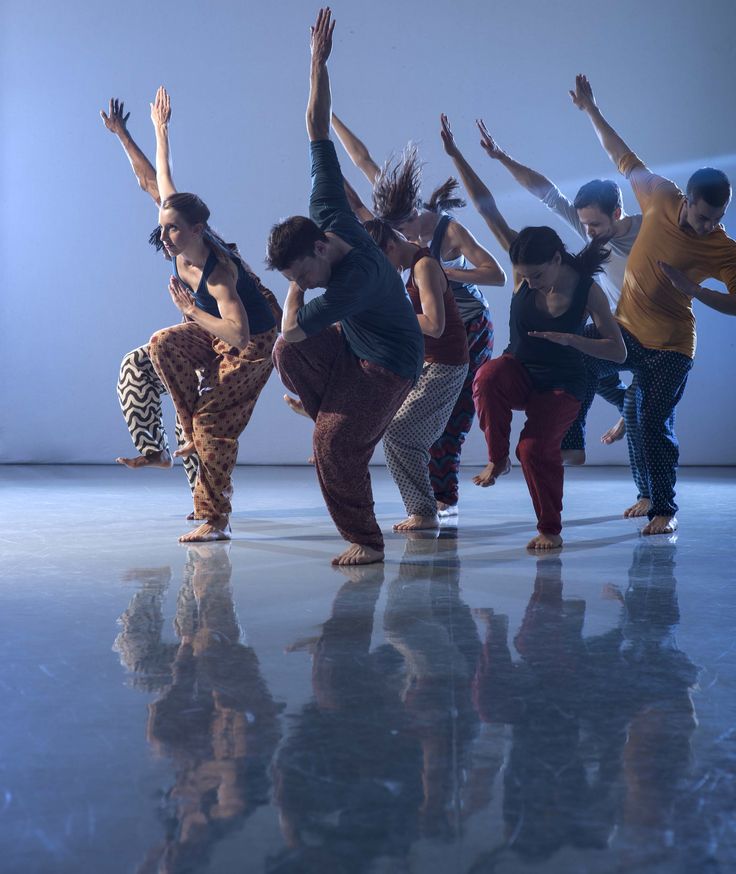
– Bianca
Advice for working with a dance agency
Do your research
Find out everything you can about all the different agencies, the kind of jobs you want to book, and which choreographers are working on those jobs. And take class from all working choreographers, their assistants, or other dancers that constantly work in this industry so you can train and make those connections.
– Havi
Look the part
Your audition for the agency will reflect how seriously you’ll take auditions for gigs. Dress comfortably in something that reflects your style. You’ll be in a sea of other dancers; you want your dancing and your look to make a statement. I look young so I get sent on young roles – so I go with the young youthful hip look. Finding your look is a huge thing!
– Denzel
Show that you’re a star
Don’t hide in the back during the audition – no matter how much you’re killin’ it, it’ll be hard for anyone to see you!And FREESTYLE! This is your chance to showcase your unique skills and style.Practice freestyling because you’ll have to freestyle in most every audition – sometimes before the combo or after, or both.
– Denzel
Train in everything!
You never know what’ll be asked of you in an agency call, so take classes in all styles – especially those outside of your comfort zone.
The more you learn, the more versatile you will be, and the less you’ll be phased by whatever an audition throws at you.
LA dancers! Take classes at these Top Dance Studios In Los Angeles You Need To Be Training At
Don’t let rejection phase you
A lot of "no"s will come before getting a "yes." And once the "yes" does come, that doesn't mean you'll book every job you audition for.
– Havi
You won't always get the job you audition for. It may take you years. You'll constantly be faced with people criticizing the way you dance, the way you look, and they will make you feel inferior.Learn to be okay with rejection and allow the negativity to roll off your shoulders so you can continue to move forward. Don't go into this career if you cannot take rejection and criticism well.
– Bianca
Don’t do it for the money
It can be very rewarding to know you get to make money off of the thing you love the most. Although, dancers do not typically get paid that much. Also dancers can sometimes get so caught up in trying to book the job in order to get the money (because most of us are starving artists and super broke) that they lose the fun and love for dance because they're too focused on trying to get paid. You don’t know when you are going to book another job or when the next paycheck is going to come.
– Bianca
Work with your agent
But the agency can’t do everything for you. As Lindholm, co-owner of Go 2 Talent Agency says in this article by Dance Spirit,
I firmly believe it’s 50/50 teamwork. It’s our job to get you in front of people while making sure you’re protected and paid on time.It’s your job to work hard, meet as many people as you can and build a reputation for being professional.
Bianca agrees –
Having an agent is a business relationship. As much as they help you, you have to help them as well. You only get what you put into it. If you want to do lots of dance jobs, then that means doing as much as you can to be the top bookable dancer. So when your agent gives you an audition, you're fully ready and can make people want to hire you.
Know yourself.
Dig deep down, and ask yourself – Are willing to completely dedicate yourself to your dance career? Are you willing to make this your full time job? Like a job, will you dedicate 8 hours a day to your craft?Being represented by an agent and pursuing a full time dance career in the industry isn't easy and results don’t come right away.You have to be patient, work hard, and accept that things take time.But if this is what you are meant to do, then keep doing it.
– Bianca
It's rewarding, yet extremely difficult to pursue dance as a professional career. It’s a good thing dancers have agencies to help!
We hope this helped give you more insight on how to get into and work with a dance agency!
Comment below with any questions you still have, or share your experience of working with a dance agency!
About the dancersDenzel started dancing when he was just 5 years old, learning dance moves off of music videos on MTV. He started dancing on his church’s Hip Hop praise team in elementary school, where he fell in love with performing. Denzel was signed for acting when he was 6, but didn’t go to a dance agency audition until he was 18! He is represented by Clear Talent Group and has alongside several major artists.
Havi transitioned from competitive gymnastics to dance when she was 11. She trained in jazz, tap, hip hop, lyrical, contemporary, and ballet and pointe, continuing her studio training, as she attended dance conventions and danced on her high school dance team.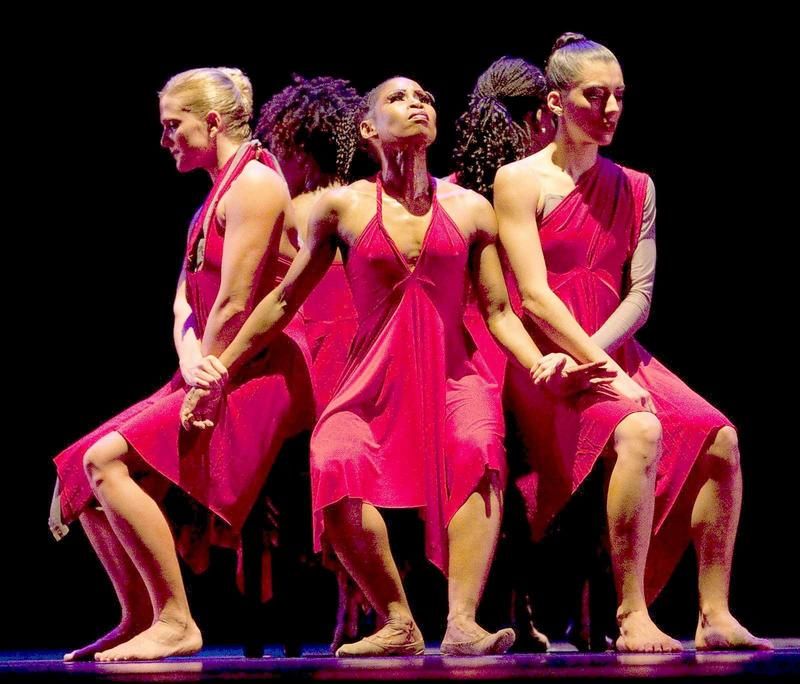 When she entered college, she realize she actually did not want to be a dance major, but danced on Common Ground for 4 years.
When she entered college, she realize she actually did not want to be a dance major, but danced on Common Ground for 4 years.
Bianca learned cultural dances (Polynesian, Filipino, Bollywood) at a young age, later joining Breakthrough, her first junior team at Studio 429. She took classes, taught, and directed at the studio as she she became one of the original members of Choreo Cookies, where she danced on the team for over 9 years. Bianca moved to LA to pursue dance, and got a job at Disneyland and later joined Bloc Talent Agency and has been dancing professionally, full-time, since.
How to Join, Survive, and Thrive in an Adult Ballet Company [GUEST POST] — Ballet Misfits
Daring to fly: Olivia after a few months in an adult ballet company. Photo by @osoikame
And she’s back! You might remember Olivia and her previous guest article on this blog - about how to train hardcore and still manage to live an adult work life. Well, she took it even further! She managed to successfully join a local adult ballet company. You didn’t know such companies even existed? Well they do, and Olivia will tell us more about them. Anyway, after several hard months of rehearsal, she was ready to perform with the company for the first time. But then, cough-cough, enter COVID-19. The week before they were to head to the theater for tech week, everything shut down.
Well, she took it even further! She managed to successfully join a local adult ballet company. You didn’t know such companies even existed? Well they do, and Olivia will tell us more about them. Anyway, after several hard months of rehearsal, she was ready to perform with the company for the first time. But then, cough-cough, enter COVID-19. The week before they were to head to the theater for tech week, everything shut down.
Nevertheless, she got a lot of company life and rehearsal experience under her belt, and grew a lot during that time. So I asked her if she would be up for sharing her experiences, and I am so happy she said yes. I think hearing these kind of stories is so valuable for us adult starters. Because after all, one of the main questions for people who start late but with high aspirations is: What can I do with my ballet? How can I develop into a dancer and perform? What opportunities are out there for someone in my situation?
This blog post will discuss Olivia’s experiences in an adult ballet company, the unexpected joys and challenges of “company life,” and what other adult ballet dancers should know if they are interested in performing.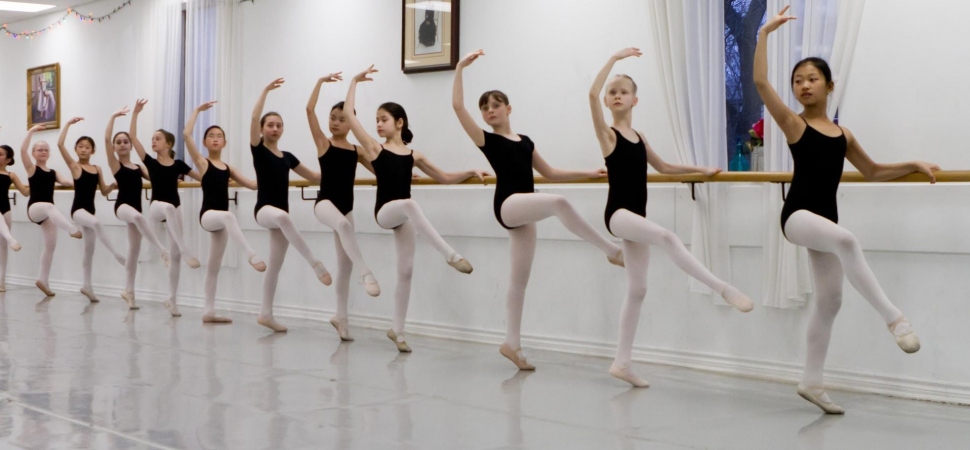
Please welcome…Olivia!
Is joining a company right for me? Why I decided to audition
If you read my earlier blog post, you may remember that I danced through the age of 15 and then quit ballet for a full decade. When I restarted ballet as an adult, it was initially because I felt like I had unfinished business with the art form and needed to see how I would fare with a more mature and grounded mindset. While I did not have any expectations of performing as an adult, it was the part of ballet I had missed the most.
Performing and rehearsing offer unique challenges as an artist, and ballet, at its core, is a performance art. I craved a stronger connection with the dance community and wanted the chance to push myself in new ways, mentally and physically. In short, I wanted my dancing to have a purpose beyond my own enrichment (and by the way: there’s absolutely nothing wrong with not wanting to perform). I wanted the chance to be part of someone’s creative vision. Fortunately, as fate would have it, there was an adult ballet company in my area, and I felt I owed it to myself to give it a shot after training for a few years .
Fortunately, as fate would have it, there was an adult ballet company in my area, and I felt I owed it to myself to give it a shot after training for a few years .
Adult ballet companies are not yet mainstream—I am lucky enough to live in an area with multiple ballet studios and a thriving community of dedicated adult ballet dancers. I stumbled upon my company by happenstance during a Google wormhole search for performing opportunities for adults. Further research tells me that adult ballet companies are becoming more common though across the globe (for some inspiration, just check out the Swans Ballet Company in South Korea). Some companies are open to dancers of all or most skill levels, while others consist exclusively of high-level dancers such as former or would-be pros. If performing in an adult ballet company is something that interests you, you may need to do some digging into what the landscape looks like in your area. Depending on what’s available and the kind of dancers who perform will dictate the kind of preparation you need to do before joining.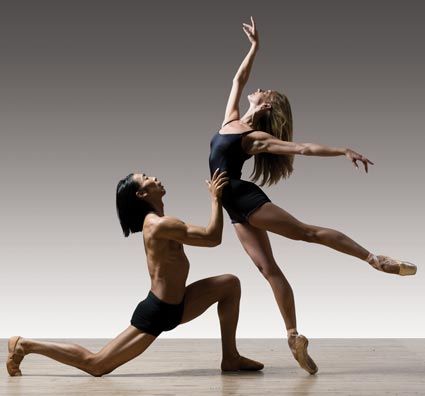
Auditions: what to expect and how to prepare
I knew that after taking 10 years off, my technique would be nowhere near up to par with dancers in any sort of company, even one for “amateurs.” I trained consistently taking roughly five ballet classes per week (and pointe at least once per week), and after two years, two friends and I made a pact and auditioned together.
While I did end up passing my audition and joining the company, I will say that a two-year timeline was overly ambitious of me. My technique was honestly not where it needed to be, and I spent most of my first year of the company playing catch up (more on this later). If there is an adult ballet company in your area (or some other sort of performance opportunity), I would strongly recommend at least a few years of consistent ballet classes. If your audition requires pointe work, you need to be comfortable doing pointe in the center. If you stop and start a lot or aren’t consistently pushing yourself in your training, it may be difficult for you to meet the demands of performance.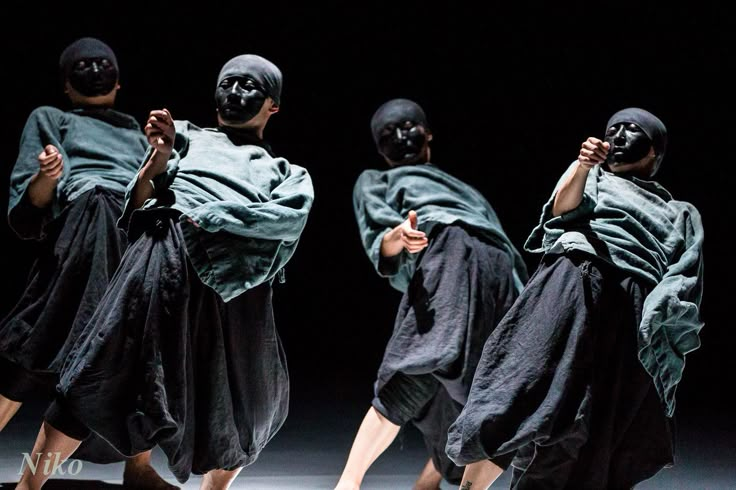
Before auditioning for my company) , I was required to submit my dance and performance history, list my injuries etc. If you have to audition, you will likely be asked to provide similar information. The audition for the company lasted about three hours and consisted of a Pilates class, a technique class on flat, and a pointe class. At another audition I did for a full-length ballet at an out-of-town studio was a bit more formal (the wearing a number on your leo kind). In that audition, we did a technique class with barre in flat shoes and center in pointe shoes (it took about two hours).
For both auditions, I wore solid color Yumiko leotards: nothing too flashy, but more exciting than the standard black-leo-pink-tights deal. I recommend wearing a leotard that makes you feel confident. If warmups are allowed, try not to stay in them for too long, since you’ll want to show off your technique. If you are expected to dance en pointe, I would strongly suggest bringing a couple pairs of shoes, just in case.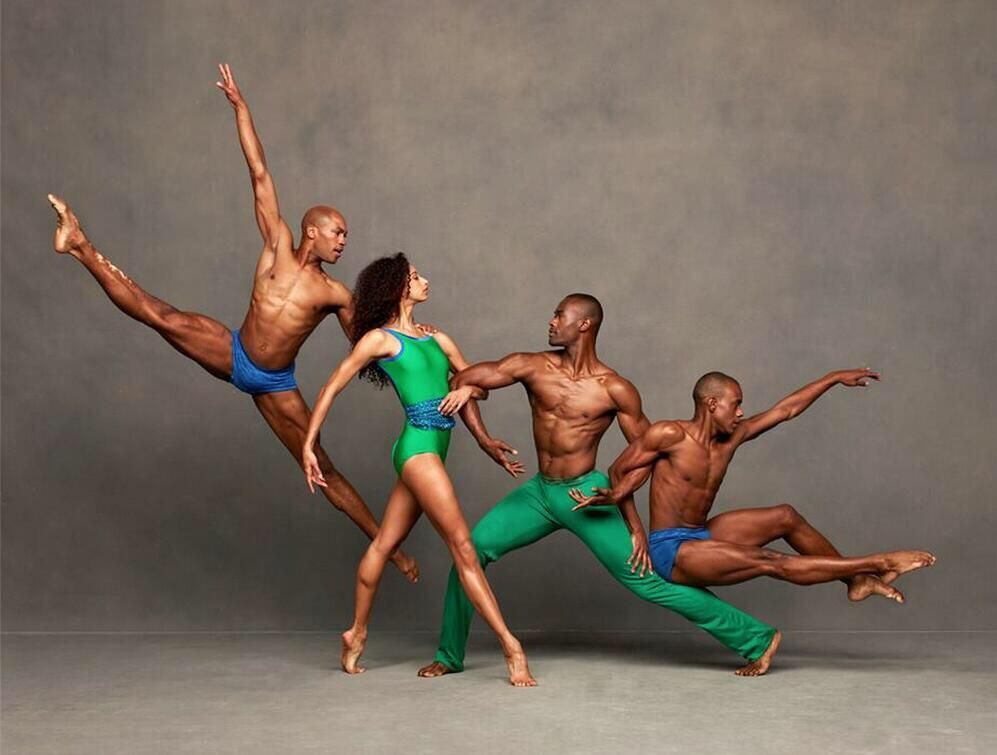 My go-to shoes are broken-in and comfortable, but not yet dead or dying. In an audition, remember to do the combinations or choreography exactly as they are given to you. If you make a mistake (you will), do your best to grin and bear it, without letting yourself feel discouraged. I’m convinced that the dancers who succeed in auditions, aside from their artistry and technique, are the ones who exude the most joy and confidence in their dancing. (Easier said than done.)
My go-to shoes are broken-in and comfortable, but not yet dead or dying. In an audition, remember to do the combinations or choreography exactly as they are given to you. If you make a mistake (you will), do your best to grin and bear it, without letting yourself feel discouraged. I’m convinced that the dancers who succeed in auditions, aside from their artistry and technique, are the ones who exude the most joy and confidence in their dancing. (Easier said than done.)
Company rehearsals in full swing
Company life: the basics
You’ve passed your audition--now what? Each company (or studio) has its own culture, even adult ones. Some companies are very serious and mimic professional environments, while others are much more casual and laid-back. My company consists of dancers who work full-time, non-dance jobs, but we train in a professional environment . In my company, most dancers are in their 20s and 30s—some are fresh out of college, while others have families. To my knowledge, no one in the company began ballet as an adult, but several dancers, like me, did have long hiatuses between their youth training and returning to ballet as an adult. There are many skill levels present, though most dancers have been dancing consistently for several years at this point. And some dancers feel most comfortable performing classical repertoire, others prefer contemporary or theater. If you are an adult starter, fear not. While my company does consist of dancers who have trained for many years, there are plenty of companies out there that welcome beginners. In my company, we’ve got the best of both worlds in that we dance because we love it, but we are also held to a high standard and are pushed to our artistic and technical limits.
To my knowledge, no one in the company began ballet as an adult, but several dancers, like me, did have long hiatuses between their youth training and returning to ballet as an adult. There are many skill levels present, though most dancers have been dancing consistently for several years at this point. And some dancers feel most comfortable performing classical repertoire, others prefer contemporary or theater. If you are an adult starter, fear not. While my company does consist of dancers who have trained for many years, there are plenty of companies out there that welcome beginners. In my company, we’ve got the best of both worlds in that we dance because we love it, but we are also held to a high standard and are pushed to our artistic and technical limits.
Because we work day jobs, our rehearsing is done in the evening, twice a week for a total of just under six hours. We begin with a technique class, usually taught by the choreographer, and then move on to rehearsing that choreographer’s piece.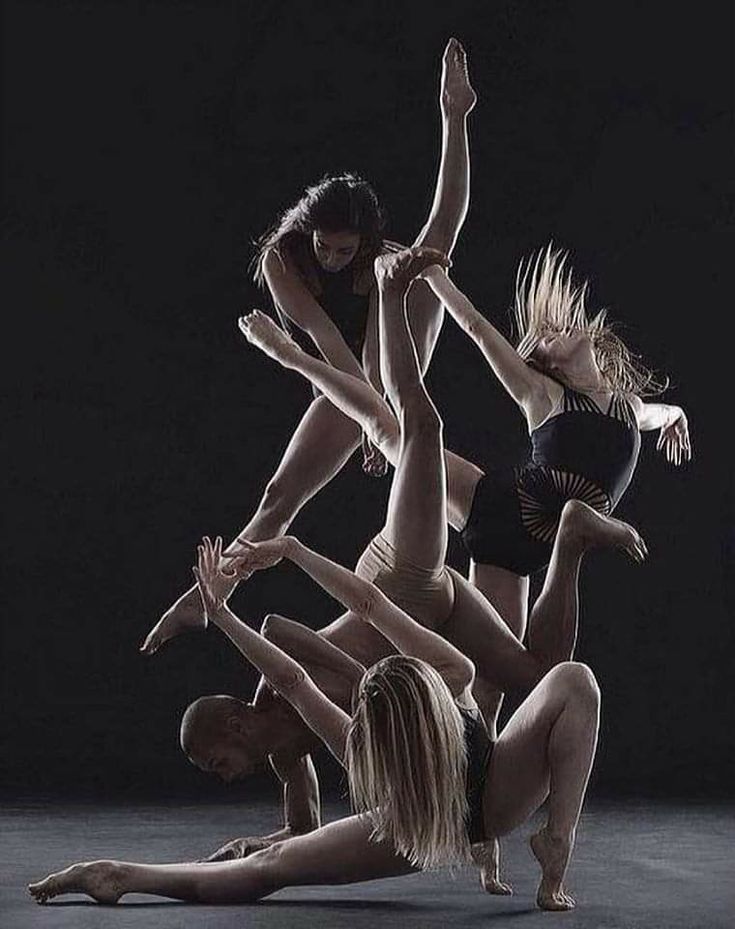 We perform a mix of classical ballet, contemporary ballet, and theater dance. We do pay dues to help cover the cost of renting studio space, commissioning works, etc., but we are able to subsidize these costs with ticket sales from our annual performance.
We perform a mix of classical ballet, contemporary ballet, and theater dance. We do pay dues to help cover the cost of renting studio space, commissioning works, etc., but we are able to subsidize these costs with ticket sales from our annual performance.
Company mood.
Company life: unexpected challenges
Challenge #1: My own lack of experience. I mentioned earlier that two years was probably not enough time to make up for ten years of not dancing (in retrospect: duh) . While I’m not quite sure what got me through the audition, I think it helped that I was a consistent and familiar face in ballet classes at our local studio. While I lack raw talent, facility, and experience, there is no denying that I am a hard worker. After joining the company, I realized that my technique and overall dance experience were lacking compared to my peers. I underestimated how difficult it would be to pick up new choreography, which you need to do quickly in order to be cast in pieces. I also really struggled with contemporary choreography because it was a totally foreign feeling in my body. Before you join a company, get a good sense of the kind of repertoire they perform and try to expose yourself to these styles before you attempt them for the first time in front of your choreographer.
I also really struggled with contemporary choreography because it was a totally foreign feeling in my body. Before you join a company, get a good sense of the kind of repertoire they perform and try to expose yourself to these styles before you attempt them for the first time in front of your choreographer.
Challenge #2: Dealing with commitment and fatigue. Even though I was used to going to ballet 5-7 days per week, there was something more mentally and physically draining about rehearsals. I think this is because rehearsal requires a lot more focus than open class. Learning new choreo and possibly unfamiliar steps is a lot more exacting than repeating the familiar sequence of ballet class. And because rehearsals went until almost 10 PM, I wouldn’t get home until 10:30 or 11 PM. If you end up joining a company with regular rehearsals, keep in mind that it’s a real commitment. You can skip open class if you’re tired, but not rehearsal. And because I struggled with picking up choreo, I had to spend a lot of time outside rehearsal reviewing and taking notes, which was another commitment.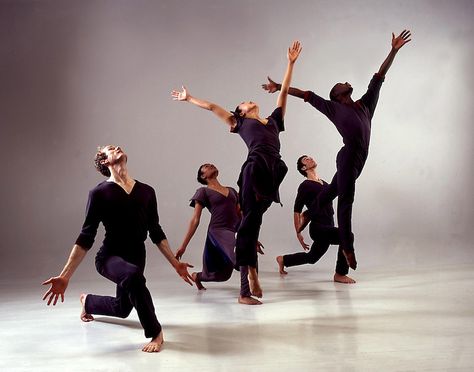
Challenge #3: The emotional aspect. What surprised me the most at times was how difficult it was for me emotionally, especially at the beginning. I would become frustrated with myself when I struggled to pick up choreo or didn’t feel comfortable with a certain style. I put a lot of pressure on myself to improve quickly, but this morphed into some very unconstructive self-criticism. If anything, COVID-19 helped recenter myself and remove some of the self-imposed pressure. With ballet, I think it’s very easy to get caught up in feeling like we need external validation to prove our worth as dancers. Learning how to divorce myself of this way of thinking has been an ongoing process for me. It took a lot of reminding myself that technique-wise, I was more than fine given how long I had been dancing at that point. I also had to realize that my competition was not with others, but with myself. My friends (and fellow company members) gave me a lot of support and encouragement, reminding me of how much I had improved over the past year.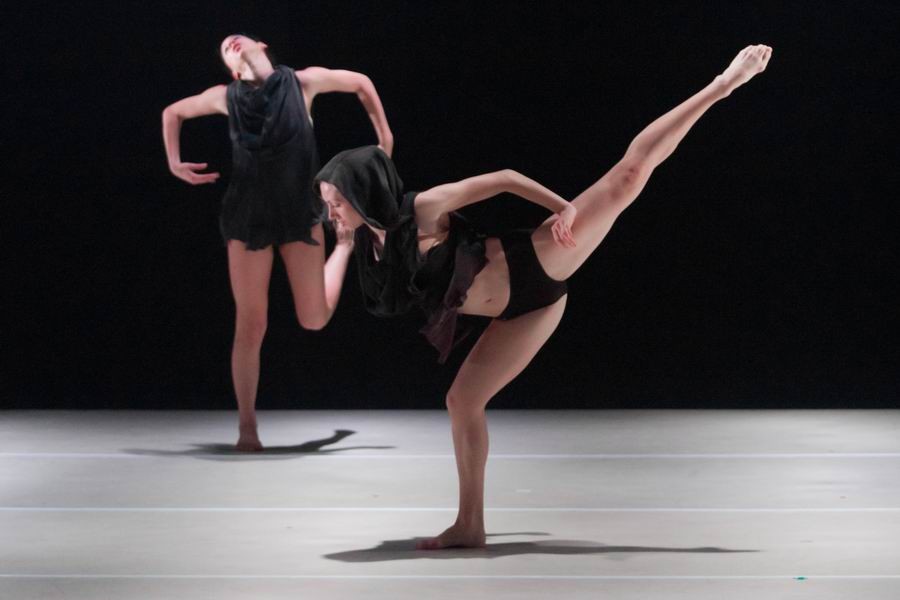 (Also, if you constantly complain to your friends about how “bad” you are, eventually they will get sick of it and tell you to shut up about it. That also helps move the process along 😉.)
(Also, if you constantly complain to your friends about how “bad” you are, eventually they will get sick of it and tell you to shut up about it. That also helps move the process along 😉.)
Company life: unexpected joys
Joy #1: Amazing mentorship. I can’t emphasize enough how much my technique improved after joining a company. Am I on the same level as dancers who have been dancing for their entire lives uninterrupted? No, of course not. But I think I am a lot better than where I was a year ago. Thanks to my directors and artistic advisor, I was able to get a lot of specific corrections that forced me to think critically about my technique and how to improve it. I’ve since received several comments from my open class teachers and peers about how they have noticed a marked difference in my dancing. These improvements in my technique have allowed me to build a lot more self-confidence in my dancing, and I’m able to enjoy ballet more than I have in the past.
Joy #2: Focusing on details. One of the great things about working toward a performance is that you have the chance to focus on the details, such as how you present the foot before doing a saute arabesque or the way your arms transition from first to fifth position. I have found that open classes for adults don’t always dedicate time to the small stuff. Professional dancers spend countless hours perfecting infinitesimally small details to take good from great, and I loved being able to experience a part of that process.
Joy #3: Trying new things. As much as my classical ballet technique was lacking, I can’t even begin to describe how bad I was at other styles. Comically bad. Biscuit ballerina bad. But in many ways, this is what I needed. Even today, I’ve begun taking regular contemporary classes, and I don’t think that I would have had the gumption to do so without some exposure first. For our theater piece, which I understudied, I was so, so bad at it, but I ended up loving the theater choreographer’s classes.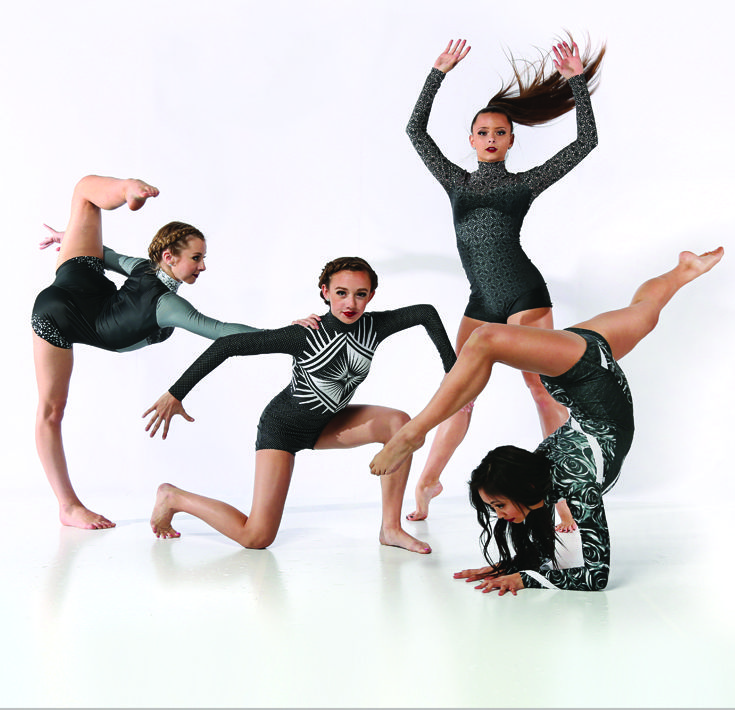 Because I didn’t have any expectations for my theater dance skills, I could actually focus on enjoying myself (a radical concept, I know). Being in my company opened up so many possibilities for me to challenge myself with dance, and I’ll always be grateful for that.
Because I didn’t have any expectations for my theater dance skills, I could actually focus on enjoying myself (a radical concept, I know). Being in my company opened up so many possibilities for me to challenge myself with dance, and I’ll always be grateful for that.
Joy #4: Company friends and the corps de ballet. Dancing in the corps gave me a huge appreciation for the hard work corps ladies do in professional companies. Standing on the side of the stage in pointe shoes is so much harder than it looks. Dancing in unison is also a challenge because even if the audience doesn’t look at you specifically, if you’re out of sync, they’ll definitely look at you, and it won’t be for the right reasons! After joining the company, I started paying more attention to the corps de ballet when watching performances, which has made ballet viewing a much more nuanced experience. And doing the same thing as everyone else is a very unifying thing--I now better understand why some dancers cite their corps years as some of their most fun (if challenging)..jpg)
They never got to perform because….yeah, Covid. But one day…..
Top 5 pieces of advice for adult ballet dancers:
How to find and get to know potential companies: If there’s a company you want to join, learn about them before auditioning. While not all adult ballet companies hold auditions, it’s still important to know the kinds of dancers in the company and the rep they perform. Before auditioning, I talked to current company members to get a sense of what it was like to dance with them. Adult ballet companies tend to be small, so I think it’s important to make sure it’s a good personality fit before you join.
*Side bar: What do you do if you can’t find a company? The reality is that performance opportunities for adults are sadly not the norm yet. I’m hoping this will change, given that teachers and studios are coming around to the idea that adults can (and want to) have training experiences that mirror those of the under-18s.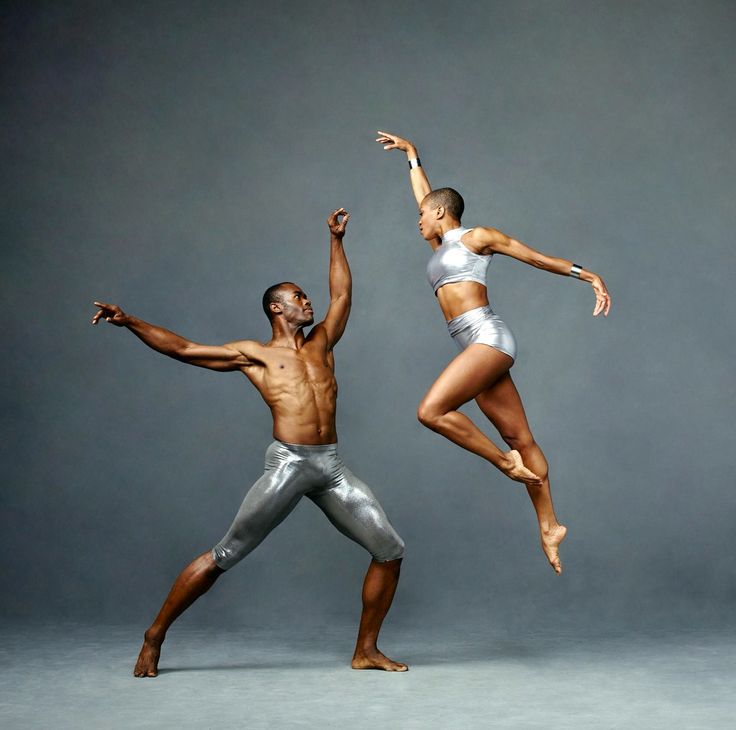 Anyway, if you don’t have anything in your immediate vicinity, you’ve got a couple of options. The first would be to check nearby cities for opportunities to perform—even I drove an hour each way to make rehearsals for the full-length ballet at that aforementioned out-of-town studio. Second, as much as we all loathe ballet-at-home at this point, one of the good things to come out of the pandemic has been the digitization of dance and the availability of previously unavailable opportunities. (Want to take a class half-way across the country? No problem.) Check to see if there are virtual performing opportunities. Third, if all else fails, start your own. While I’m not even remotely qualified to brush on that topic, I’d recommend checking out Jana Carson from @ballerinasbynight on Instagram, who helped form a company of her own at her local studio.*
Anyway, if you don’t have anything in your immediate vicinity, you’ve got a couple of options. The first would be to check nearby cities for opportunities to perform—even I drove an hour each way to make rehearsals for the full-length ballet at that aforementioned out-of-town studio. Second, as much as we all loathe ballet-at-home at this point, one of the good things to come out of the pandemic has been the digitization of dance and the availability of previously unavailable opportunities. (Want to take a class half-way across the country? No problem.) Check to see if there are virtual performing opportunities. Third, if all else fails, start your own. While I’m not even remotely qualified to brush on that topic, I’d recommend checking out Jana Carson from @ballerinasbynight on Instagram, who helped form a company of her own at her local studio.*Don’t underestimate the commitment it takes to put on a performance. Rehearsals aren’t optional; they are vital.
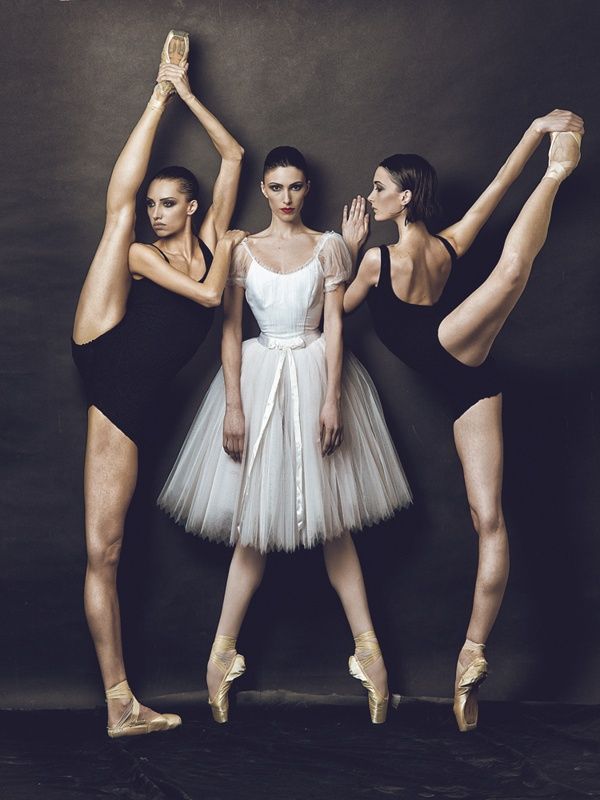 Since all our dancers work day jobs, we have limited time to make our pieces performance ready. This means you have to attend rehearsal, no matter how tired you are after work. We didn’t have a set number of “excused” absences since we are working adults and know that sometimes stuff comes up, but it was important to attend all the rehearsals you physically could. There were definitely days I was exhausted and would have rather stayed home to rest, but I bucked up and drove to rehearsal instead (sometimes facing up to an hour of heavy traffic to do so).
Since all our dancers work day jobs, we have limited time to make our pieces performance ready. This means you have to attend rehearsal, no matter how tired you are after work. We didn’t have a set number of “excused” absences since we are working adults and know that sometimes stuff comes up, but it was important to attend all the rehearsals you physically could. There were definitely days I was exhausted and would have rather stayed home to rest, but I bucked up and drove to rehearsal instead (sometimes facing up to an hour of heavy traffic to do so). Be open to the artistic process, even if that means feeling vulnerable. Nothing great happens easily. As the least experienced member in my company, I was acutely aware of how far behind my technique and performance abilities were compared to my peers. Once I was able to say to myself, “Ok, this is where I am, and there’s where I’d like to be,” I started to improve. But it can be difficult to admit to yourself that your skills aren’t what you wish they were, and improvement comes slowly.
 On this note, it’s important to be open to trying new things and challenging your body in new ways. If you can accept that it’s ok to be bad at something for the sake of trying something new, you’ll have a lot more success improving in the long run.
On this note, it’s important to be open to trying new things and challenging your body in new ways. If you can accept that it’s ok to be bad at something for the sake of trying something new, you’ll have a lot more success improving in the long run. Take it seriously--but not too seriously. While it’s important to fulfill whatever commitments you’ve laid out for yourself as far as your dance goals are concerned, it’s important to have fun. If you don’t enjoy the rehearsal process, it’s not worth it to be in the company. Ballet should be fun. And in my case, ballet is not my job. It’s something I am lucky enough to do for fun outside of work. I take it seriously (because I love it), but sometimes I have to remember that ballet is more than perfect technique. Sometimes you make the most progress when you let yourself relax a little. Even my own director, who is a stickler for proper technique, would say “it’s just ballet” if she saw us getting overly frustrated or upset with ourselves.
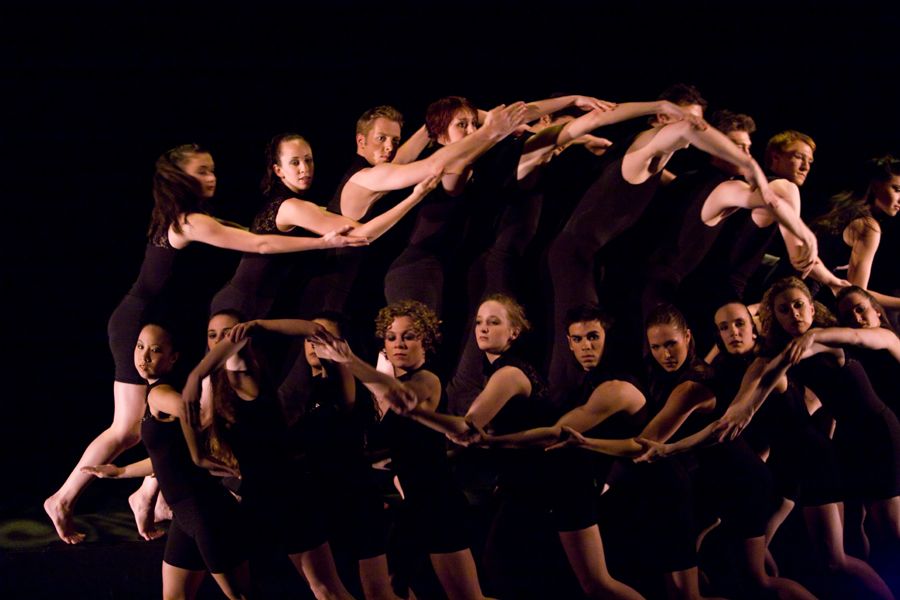
Performance is a beautiful love letter to your art, but ballet is about more than performing. If I’ve learned anything from spending months rehearsing and then not performing, it’s that the process is the most important part. Yes, I look forward to the day I can return to the stage and showcase the hard work my company and I put into our pieces, but ultimately, I am more grateful for the experiences and personal growth I’ve had through my company.
I hope you felt as inspired by Olivia’s post as I did! Are you aspiring to perform? Does the idea of joining an adult ballet company excite you? Or still too far away for you? Feel free to share your thoughts!
OliviaComment
0 Likesprofitability, work with teachers, promotion, difficulties and mistakes
Irina Malchukova
opened a dance studio twice
Author profile
Eight years ago I opened a dance studio in a small metallurgical town where there was nothing like it at that time.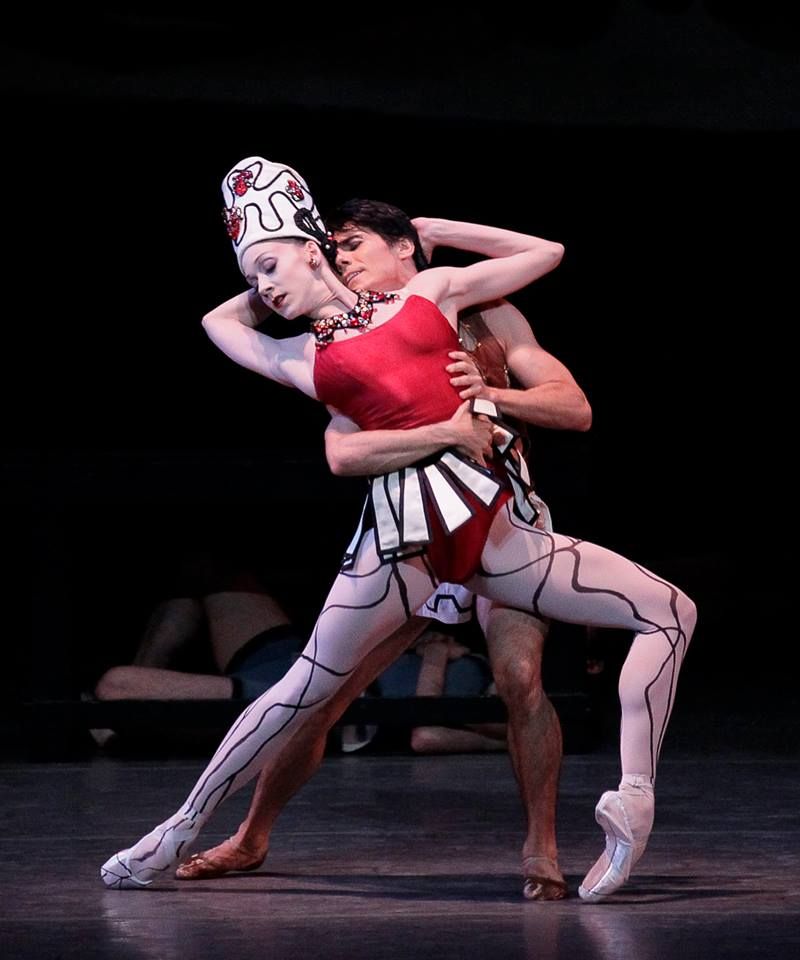
During its existence, the studio went through several relocations, twice seriously went into the red, but in the end it remained a successful business, and then I sold it. I’ll tell you how everything was, what worked for me and what didn’t work out.
Why I decided to open a dance studio
The story began in a standard way: since childhood, I dreamed of dancing and for a long time persuaded my parents to take me to a choreographic studio.
There were no holidays, vacations or birthdays in the studio. It was possible to miss a training session only in two cases, as the coaches joked: he fell ill or died. The rest of the reasons were not considered valid, and it was possible to fly out forever.
Later, I appreciated the strict discipline and exactingness of the teachers. Thanks to them, I can easily control myself, concentrate on any, even unpleasant, business, and bring everything to the end.
This helped a little in business: I could work 10-12 hours a day without days off and holidays.
After graduating from school, I thought that dancing is a hopeless field, so I need to get a different education and build a career. I studied to be an economist and during my studies I managed to work in a trading company, a women's correctional colony and a large network company.
But I was bored doing monotonous activities and being subordinate to someone, I wanted to embody my ideas. In 2009In the year I decided to take a part-time job as a dance coach, and since then a completely different life has begun. I started working in the then popular areas: strip plastic, stretching, go-go, I also taught regular dances to children and was a group program coach in fitness rooms.
I enjoyed teaching people and putting numbers, inspiring others to accomplish things, raising students, and working with them to achieve results. It's like a coach's job: he gives his whole soul and nurtures champions.
Almost as soon as I started working as a trainer, I wanted to open my own studio. I didn't like the set boundaries and the backward approach to business. In the dance schools where I worked, there were outdated areas that were out of fashion for a long time, such as aerobics. Classes were held without requirements for students and without results: we did not put numbers and did not participate in contests or competitions. There were no opportunities for growth for teachers or students.
I didn't like the set boundaries and the backward approach to business. In the dance schools where I worked, there were outdated areas that were out of fashion for a long time, such as aerobics. Classes were held without requirements for students and without results: we did not put numbers and did not participate in contests or competitions. There were no opportunities for growth for teachers or students.
/twerk/
How to start twerking, how much does it cost and why shake your booty at all
The business itself was not service oriented. Schools did not develop, did not innovate - they simply worked for decades according to the old scheme. Several times I came with fresh ideas, for example, to shoot a video clip, but all this was perceived by the management with hostility.
In 2012, I graduated from the institute and received a diploma in economics. I had a choice: to leave for another city, because there were no prospects in mine, or to go work in the dance field abroad, or stay here, but do my own project.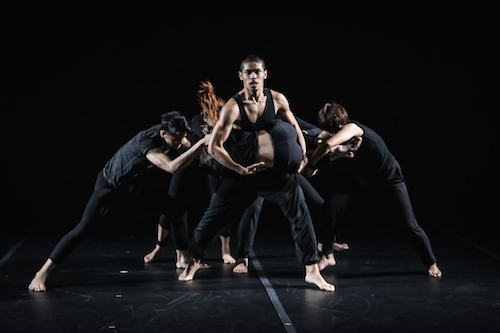
I dreamed of creating a project from scratch on my own: thinking about how to plan and conduct classes, presenting the design of the studio, tracking down the mistakes of others. All these thoughts were constantly spinning in my head, day after day I lived only with this idea, remembering what not to do or what could be improved.
After graduating from the institute, I myself learned about a new direction - half-dance, this is dancing with tricks on a pole. It seemed to me interesting and promising, there was nothing like it in our city. I decided that the idea would shoot and attract people due to its novelty. Three years after I started working as a trainer, I launched my own studio.
What is half-dance
Half-dance is close to strip plastic, but unlike it, the purpose of the dance is not to seduce, but to show acrobatic skills. The movements in strip dance are soft and smooth. And half-dance is the same gymnastics, only not on a beam or rings, but on a pylon.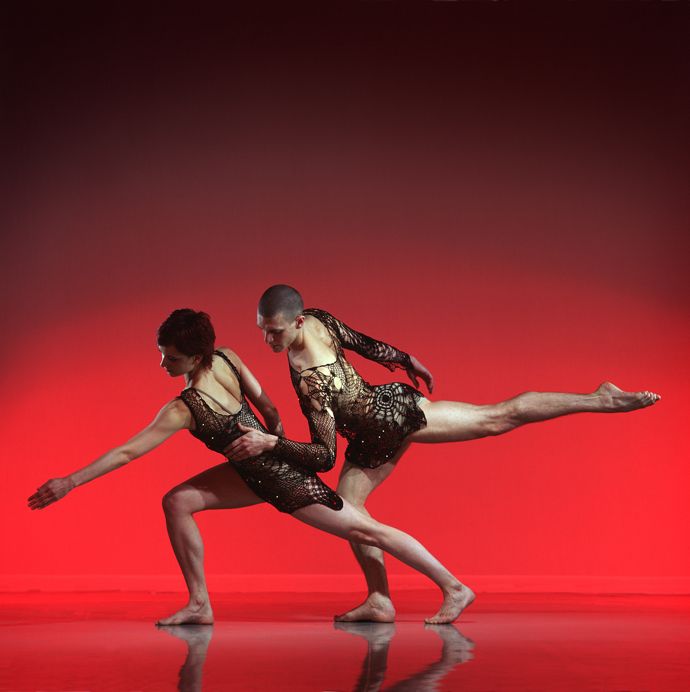 On it, dancers perform circus and power elements.
On it, dancers perform circus and power elements.
In my city, metallurgists were not even heard of such a direction, but in Russia and around the world in the 2010s, half-dance just became a trend. At that time, I already had a large client base from dance schools and fitness centers where I had worked before, many students asked when I would open my own gym.
Pupils perform elements of pole dance. The dancers practice in the most revealing clothing, because the only way to catch on the pole is with skin| Pole dance combines elements of choreography, gymnastics, acrobatics | There is also a separate sports direction in the world - pylon sport, which belongs to air power athletics |
Before I opened my studio, I twice studied pole dance in Yekaterinburg - this was the school closest to me where this direction was taught. And there lived a friend with whom I could stay.
The first time I went was in January 2012, and then back in May, before the opening of my gym.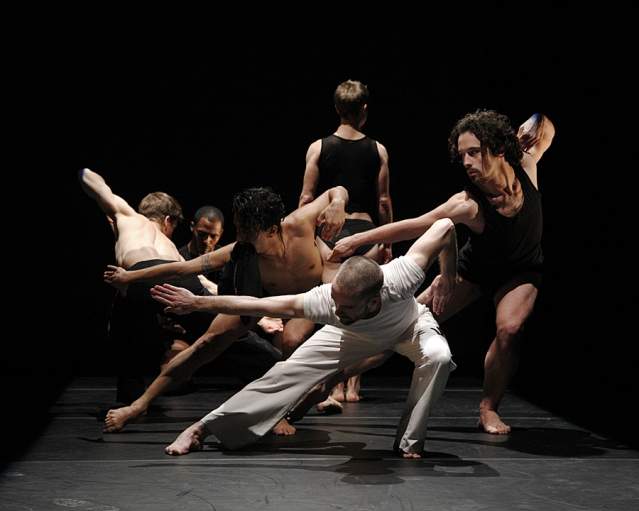 I studied for a week every day for many hours, attended master classes. For the first time, the director of the studio gave me a discount on acquaintance, and the training itself cost only about 10,000 R. The second time I spent about 17,000 R: the cost of the training itself increased, and there were more additional expenses for food and travel. Both times I received certificates.
I studied for a week every day for many hours, attended master classes. For the first time, the director of the studio gave me a discount on acquaintance, and the training itself cost only about 10,000 R. The second time I spent about 17,000 R: the cost of the training itself increased, and there were more additional expenses for food and travel. Both times I received certificates.
27,000 R
I spent on additional training in pole dance
There were no competitors in my city at that time. We had only seven dance studios: three taught street dances like hip-hop, breakdancing and locking, the rest were aimed at children, taught modern and classical choreography and ballroom dancing. In fitness clubs, they mainly taught go-go and oriental dances. I decided to take a risk and become the pioneer of a new direction in the city.
First Studio: 3m Ceilings and a Stolen Idea
In May 2012, I started looking for a space to launch the project just in time for the start of the school year.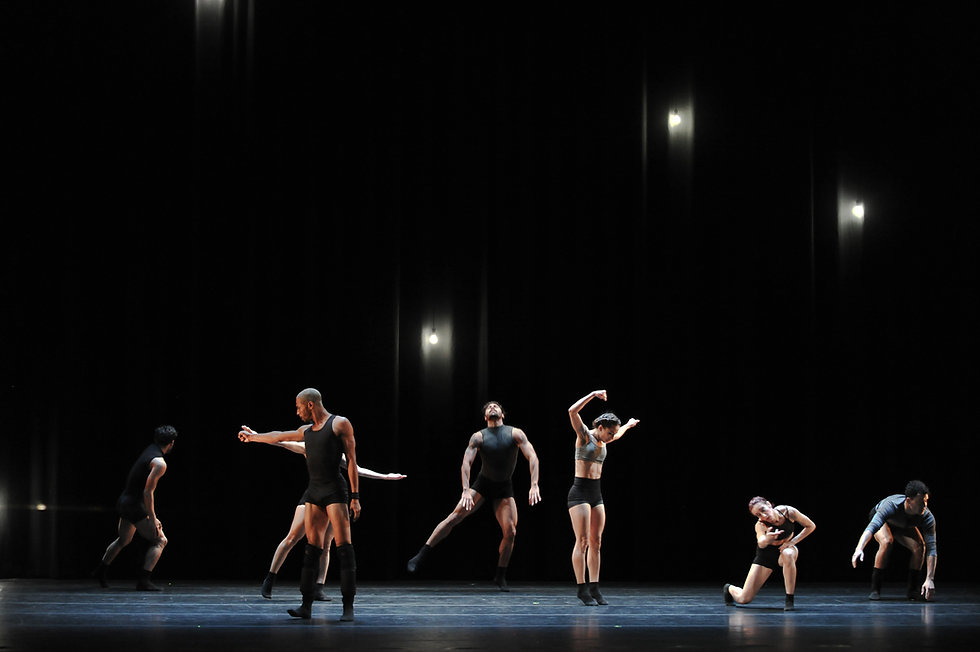 I discussed all the details like equipment, technical issues and the learning process with the directors of the studio in Yekaterinburg when I studied half-dance there.
I discussed all the details like equipment, technical issues and the learning process with the directors of the studio in Yekaterinburg when I studied half-dance there.
The room had its own requirements:
- Ceiling height - at least 3 meters, so that poles - pylons can be installed.
- The ceiling plate must not be hollow, but must be at least 30 centimeters thick. The pylons must withstand a weight of up to 150 kg. If the ceiling is thin, the mount simply won't hold up.
- Rent — up to 15,000 R per month. In my experience, it would be difficult to cover the amount higher with the number of subscriptions, and if something happens, I could find that kind of money to cover a failed month.
/dogovor-arendy/
What should a business consider when signing a lease
Not all landlords agreed to damage the ceiling, the thickness of the ceiling was not always suitable for my needs.
The deal failed with the first hall.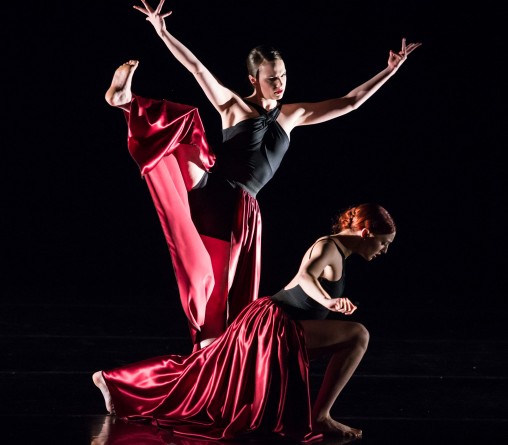 Due to the peculiarities of the ceiling, an additional structure had to be made there. The landlords agreed to do it themselves, and I would have paid for the work, but at first they doubled the price, then increased it even more, and then refused to cooperate at all.
Due to the peculiarities of the ceiling, an additional structure had to be made there. The landlords agreed to do it themselves, and I would have paid for the work, but at first they doubled the price, then increased it even more, and then refused to cooperate at all.
A few months later, I found out that they wanted to steal my idea and open a similar studio.
Fortunately, their attempt failed: they could not find the appropriate teachers, because only I had such a certificate and knowledge in the city. But the problem with the hall remained: I was already promoting a group on Vkontakte and recording for the academic year. The students were actively recruiting, but I had nowhere to receive them.
I couldn't just make excuses by telling a story about unscrupulous landlords and kept looking everywhere I could: on websites, in local newspapers, driving around the city, looking for signs about rent.
As a result, the opening had to be delayed for two months: due to the specifics and restrictions on the rental price, the premises had to be looked for for almost six months.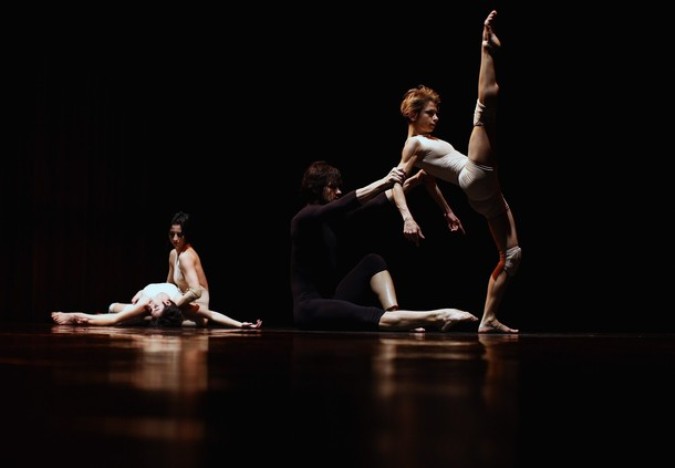 A former colleague helped: he learned from mutual friends that I was opening a studio, and his friend was just renting out a small hall.
A former colleague helped: he learned from mutual friends that I was opening a studio, and his friend was just renting out a small hall.
We have agreed that part of the repair costs will go towards rent. I did a facelift in a few days and bought equipment.
I did the repairs on my own — for example, I painted the walls myself. If it was necessary to attach pylons and arrange heavy furniture, then she called for help from familiar men. They spread linoleum on the floor and nailed it in places.
Pylons are installed quite quickly if there are no problems with the ceiling and floors: you need to drill a hole, attach the pylon, level it, and that's it. Detailed installation instructions are always attached to the pylons. We set up the first pylon in 2-3 hours, the rest were faster.
An important part of the cost for a dance studio is mirrors. They were made in a local company in my city to order. I ordered one-piece large mirrors to the floor. Due to the large size, there were difficulties with transportation: a special vehicle with equipment for transportation was needed - plastic windows are usually carried in such vehicles.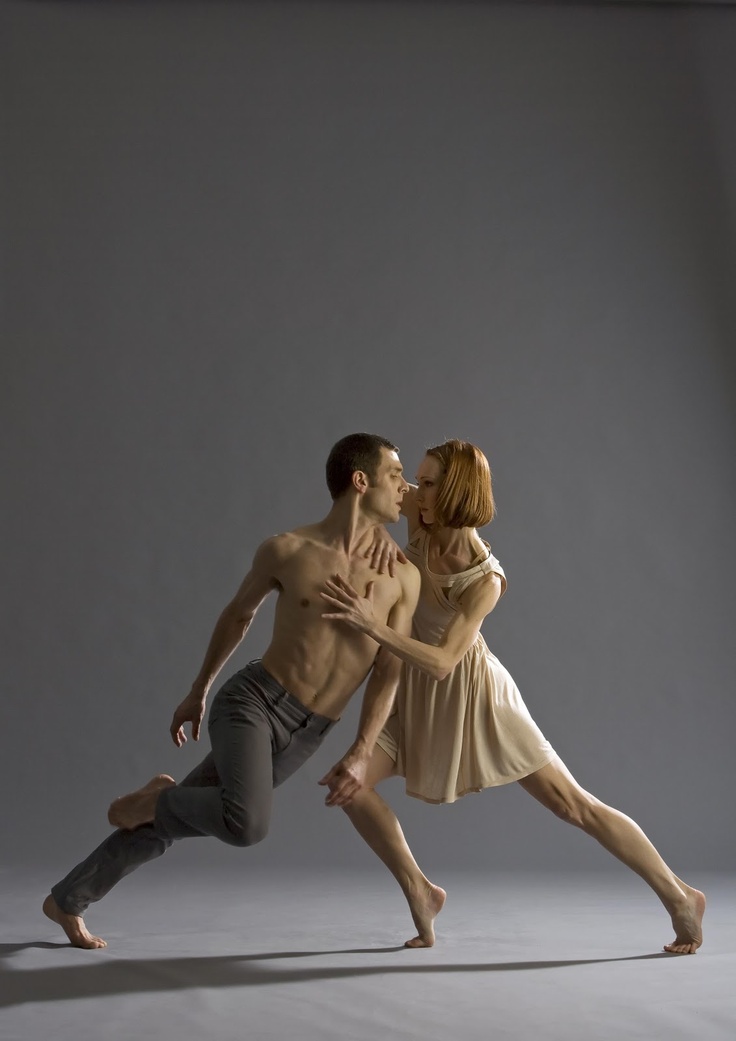
They could not be moved or installed by one person, and they could hardly fit into the aisle. Plus, there were difficulties with fixing: if the wall was not perfectly even, then any slightest deviation could be seen in the mirror - at the joints, in reflections.
But the mirrors themselves were excellent, and I then transported them to new studios, breaking the part along the way and ordering new ones. As a result, my friends came up with the idea of custom-made huge plastic frames, like for plastic windows, where we inserted mirrors. So they were easier to transport and install.
For a pylon, a hole is drilled in the ceiling slab and fixed with screws. If the ceiling is not strong enough, the pole may come off during the trick and cause serious injury. Source: Pole4you This is what the studio looked like after the repair - huge mirrors were made to order at the local production At the same time I registered an LLC, I was the sole founder. I chose LLC because I planned to open branches in other cities - it seemed to me that it would be easier to do this than with an individual entrepreneur.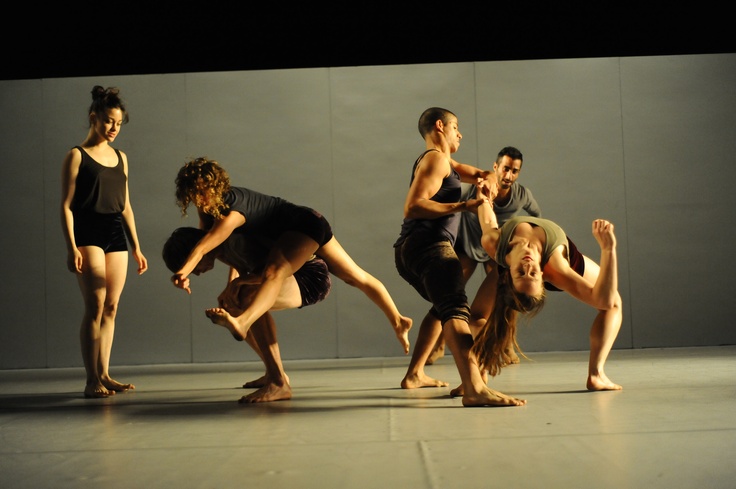
By the way, it would be better if I opened an IP. The LLC was not useful to me later, I had to close it, and this is more difficult than an individual entrepreneur. In the second hall, I had to negotiate with the landlord so that he would give me a legal address. He reluctantly agreed, and I had to pay for it. The LLC also needs to submit a large number of reports, but I did not have the necessary accounting knowledge. Until I hired an outsourced accountant, there were delays in submitting reports and fines.
/ooo-na-divane/
How to register an LLC from home
I opened the studio at the beginning of November. I was ashamed in front of the students, but they waited and almost all of them came.
To open a studio, I took out a loan, so after the opening, most of the proceeds went to payments to the bank - 20,000 R per month. For the entire time the business has been running, I have taken several loans, on average, 30,000-50,000 R for a period of 3 to 5 years. The total amount of all loans was 200,000 R.
The total amount of all loans was 200,000 R.
Expenses for opening a studio in 2012 — 200,000 R
| Equipment: mirrors, pylons, fixtures | 95 000 R |
| Cosmetic repairs: wall painting, flooring | 53 000 R |
| Training and advanced training before the opening of the studio | 27 000 R |
| Bathroom renovation | 14 000 R |
| Music center, locker room furniture, hangers at the entrance and other small items | 11 000 R |
Equipment: mirrors, pylons, mounts
95 000 R
Cosmetic repair: wall painting, floor covering
53 000 R
Training and advanced training before opening the studio
9000 000 RSanuzla repair
14,000 R
Music center, locker room furniture, hangers at the entrance and other trifles
11,000 R
How much did I earn
The first studio was small — there were only three pylons, and I could not teach more than an hour six or seven people.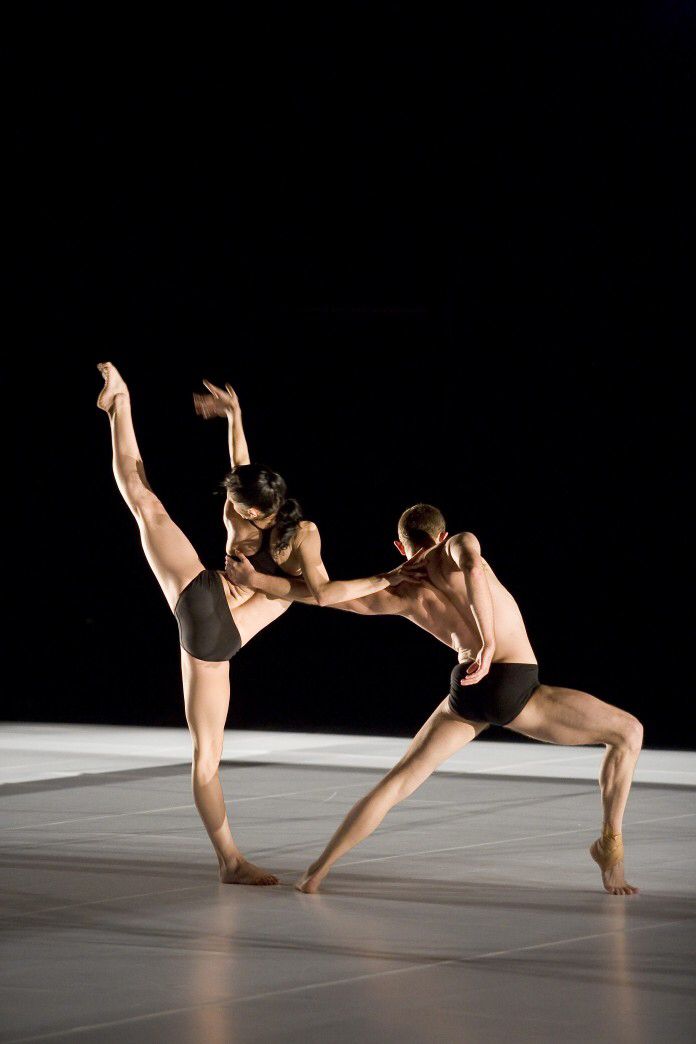 This allowed the studio to earn an income of about 65,000 R per month.
This allowed the studio to earn an income of about 65,000 R per month.
There were two main sources of income: group and personal lessons.
Group lessons were by subscription only. The most popular, for eight classes a month in the evening, cost 1800 R. Evening is considered the most profitable time, because more people come. There was a small discount for the daytime.
Personal lessons were by subscription and one-time. A subscription for eight classes cost 3000 R, a one-time visit - 500 R. At first, the income from personal classes was small: with group classes, I did not have time to take more students. When more teachers appeared, I could only go to personal classes, and the revenue from them reached 30,000 R per month.
A regular waste was the purchase of alcohol: it is rubbed on the surface of the pole to remove dirt and sweat and improve adhesion to the skin. Alcohol had to be bought in canisters from doctors I knew - we needed a concentration of at least 70%, and this is not for sale in the public domain.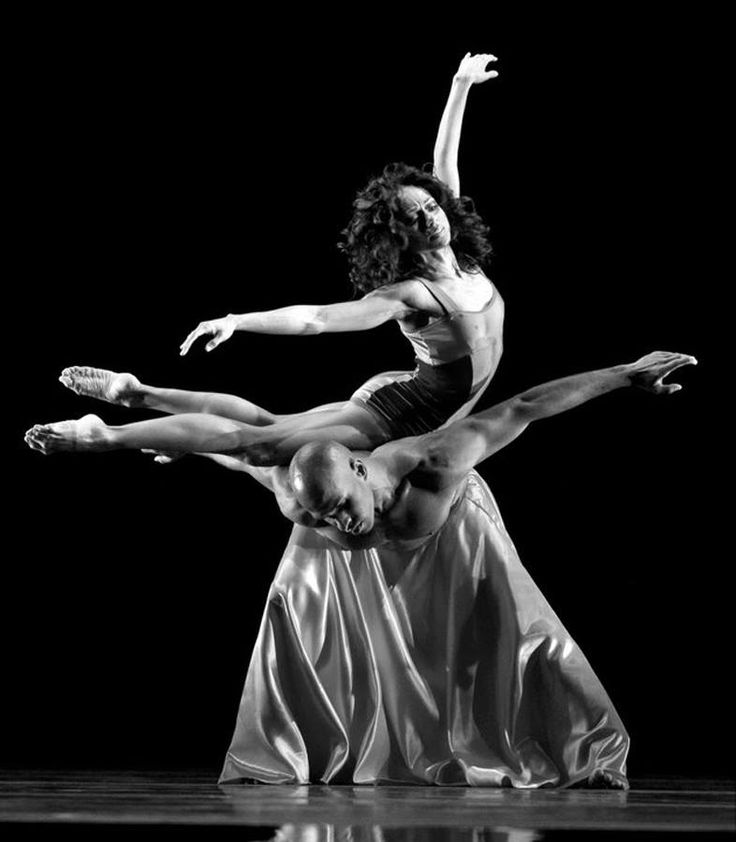 It took 2000 R per month.
It took 2000 R per month.
The largest turnover was from the spring of 2013 to the spring of 2014: 140,000-170,000 rubles. And the largest net profit was about 60,000 rubles.
Revenue for December 2012
| Subscription for 8 lessons | 27 000 R |
| Subscription for 12 lessons | 12 500 R |
| Subscription for 16 lessons | 12 000 R |
| Day group | 8000 R |
| Personal lessons | 5000 R |
| Total | 64 500 Р |
Subscription for 8 lessons
27 000 R
Subscription for 12 classes
12 500 R
Subscription for 16 lessons
12 000 R
Day group
8000 8000 °
Personal classes
9000 5000 5000 °64 500 500 500 500 500 500 500 500 500 500 500 500 500 500 500 500 500 500 500 500 500 500 500 500 500 500 500 500 500 500 500 P
Studio expansion: moved four times in five years
The studio lasted only six months in the first building: the landlord changed plans and we had to move out.
I already wanted to move out myself, because the room was small and I could not teach more than seven people in an hour. To support myself, support the studio and repay the loan, I needed to sell 20-30 subscriptions a month. If I bought less, I no longer had enough money for all expenses. It was necessary to expand and increase income, and for this, another room was needed. In just five years, we moved four times - each time to a new area of the city.
In March 2013, I took away the mats and the music center and moved to another room - almost three times bigger than the old one. I had to take out a loan again, because the old pylons did not fit in height. For 150,000 R I bought five new pylons and changed the flooring. The move cost 300,000 R, including rent for two months.
300,000 R
I spent on moving
There were no problems with buying poles: even then in Russia there were several specialized companies that produced professional poles for dance studios.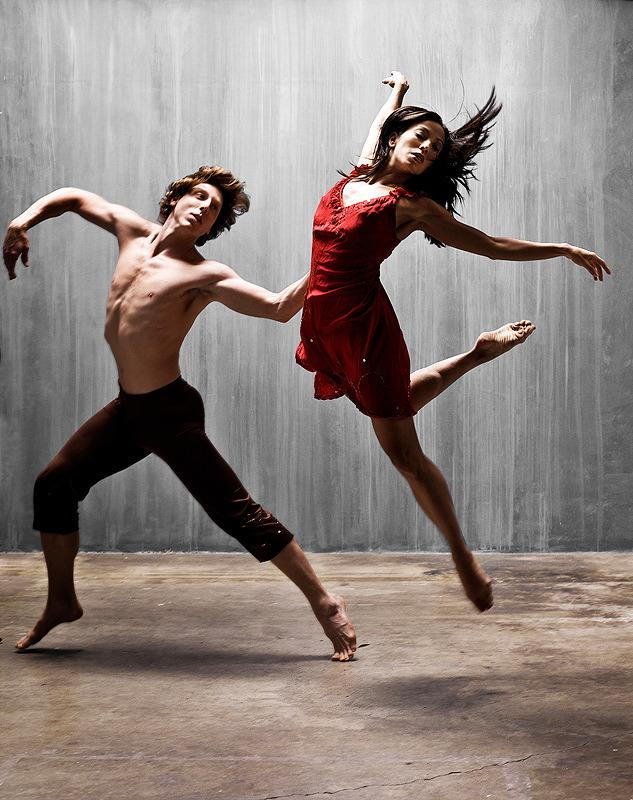 The best and most famous is located in St. Petersburg - Pole4You. You place an order on the website, choose a convenient delivery method - I had "Business Lines" - and they send it. Two weeks later I received the pylons.
The best and most famous is located in St. Petersburg - Pole4You. You place an order on the website, choose a convenient delivery method - I had "Business Lines" - and they send it. Two weeks later I received the pylons.
| Lesson in the second hall after renovation. The floor had to be re-laid - it should be soft high-quality linoleum so that the students do not hit their knees and do not get hurt when they fall | This is the third hall we have moved to. There I seriously invested in repairs, laid carpet on the floor, repaired the locker room and shower for students and teachers |
 In the third hall, they made a bright panel on the wall. I was the first in the city to start teaching half-dance, so this particular dance is depicted on the panel
In the third hall, they made a bright panel on the wall. I was the first in the city to start teaching half-dance, so this particular dance is depicted on the panel The rent of the premises was three times higher than the previous one, the communal apartment was included in the price. In addition, you had to pay for security. All together it cost me 50,000 rubles.
There were no cheap premises, so the choice was either to continue or give up the dream. I decided to take a risk, and the risk was justified: the business grew rapidly. After the move, we already taught 10-12 students per hour and earned an average of 150,000 R per month.
How I built my work with teachers
I recruited teachers from former students: I chose those who had the potential for this or that direction, loved classes and knew how to communicate with the team. There were three main teachers, I took one or two more for additional directions like go-go.
She tried to make the work of teachers a pleasure: she gave salaries higher than the market, bonuses, paid for their education and advanced training, gave part-time jobs. The average salary in the city for teachers at that time was 2500-4000 R per month for 2-3 lessons per week. I paid 7000-8500 R, if I gave out a bonus, then it came out about 10,000-11,000 R. I gave out bonuses to those who attracted new students to their classes and, most importantly, kept new students. Or those who came up with something interesting like New Year's contests.
The average salary in the city for teachers at that time was 2500-4000 R per month for 2-3 lessons per week. I paid 7000-8500 R, if I gave out a bonus, then it came out about 10,000-11,000 R. I gave out bonuses to those who attracted new students to their classes and, most importantly, kept new students. Or those who came up with something interesting like New Year's contests.
Teachers went to Yekaterinburg to improve their qualifications. It cost me 500-3000 R per person. I myself taught until the fall of 2013, and then I decided to leave only to manage the studio, since classes took time and effort.
Promotion: mostly word of mouth worked
The very first I had a group in VKontakte — I started to recruit the first students even before the opening of the studio from former students. When I started to develop the group, I asked my friends to join it and make reposts, every day I posted posts, photos and videos to attract people. About a year later, the group had 1000 subscribers, and since 2013 it began to develop actively.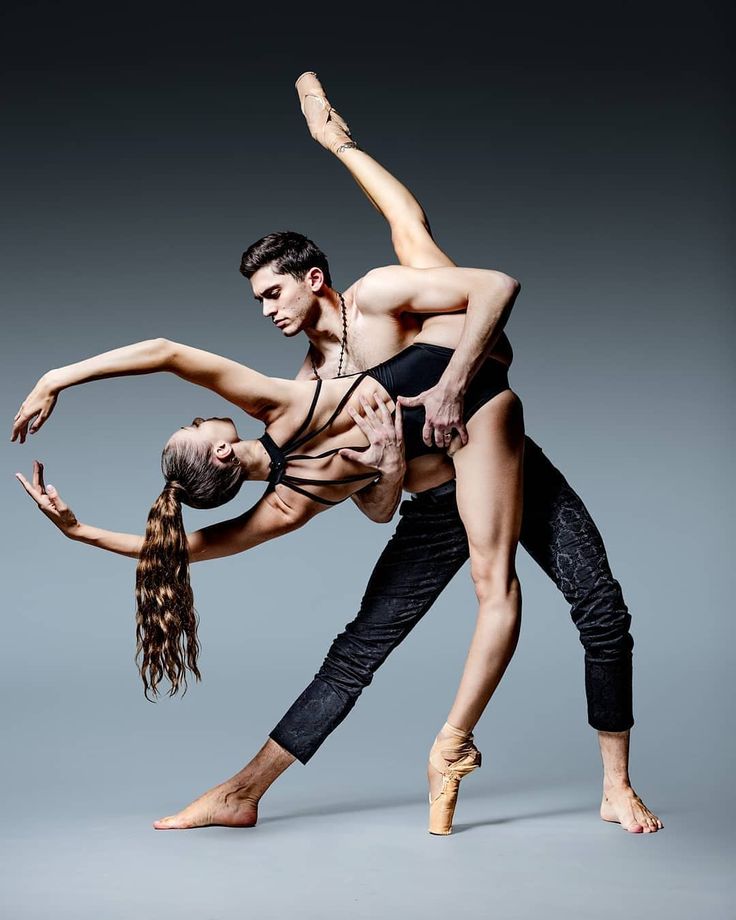
The popularity of the project was also influenced by the uniqueness of the project: half-dance in the city was a new exotic direction, people from the media sphere became interested in this.
/marketing-ads/
Basics of marketing for business: advertising
My main clients were girls 25-35 years old with an average income and a little higher.
Here's what I used to promote.
Regularly updated accounts on Vkontakte and Instagram. I photographed a large, beautiful, spacious hall with high pylons, people reacted and signed up for classes. We wrote about the studio every day, posted posts, asked all our acquaintances and friends to tell about us.
Involved in the promotion of the community of teachers. In the new premises, I already taught with three coaches, whom I found among former students. They posted recruitment announcements for groups on their social networks, made photo sets and videos for Instagram.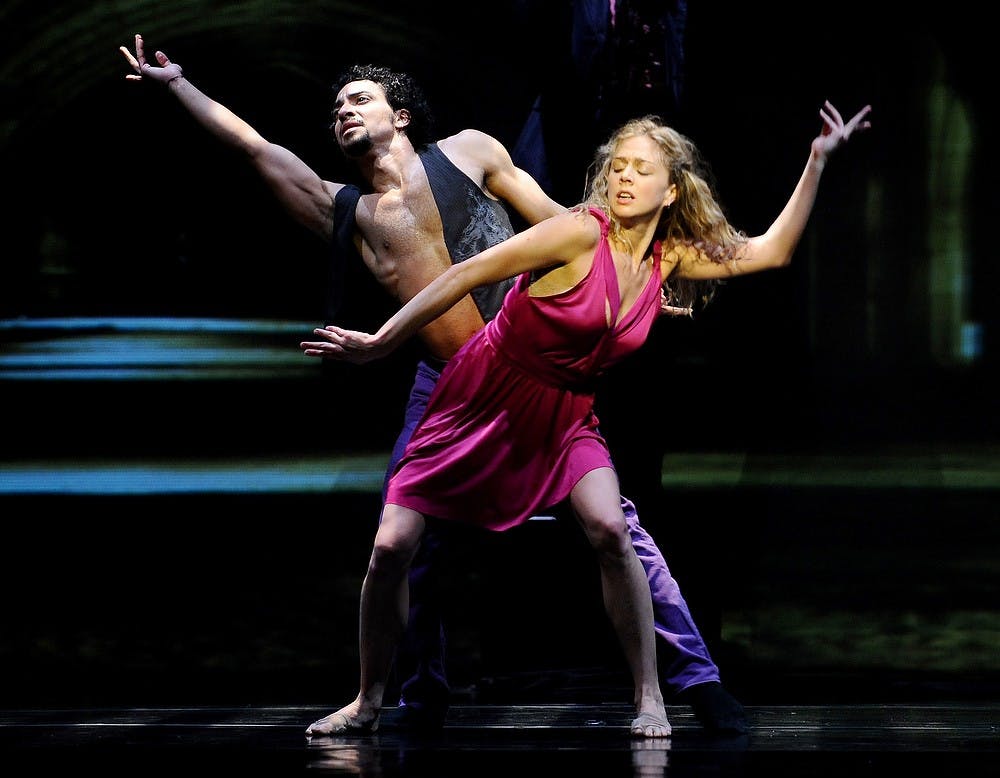 Friends of acquaintances came - it turned out such a word of mouth.
Friends of acquaintances came - it turned out such a word of mouth.
Made a website for the studio. It cost about 13,000 R. I made a beautiful clip on the main page, added photos, information about teachers and a class schedule. After the site appeared, calls began to arrive twice as many.
13,000 R
I spent on the site
I invited photographers and cameramen to work on a barter basis. The direction was new in the city, so they were interested in working with us free of charge. Sometimes they did provocative reports like "Half-dance: striptease or art?", but in any case, publications brought us fame. There were about 15 permanent photographers.
Photos from the performances of studio teachers at concerts and events. These are dances on canvases. Photo: Dmitry Kaiser| An example of a photo shoot that we came up with with a photographer. Photo: Dmitry Kaiser | For them, it was new and unique content that no one else had done in the city. Photo: Dmitry Kaiser Photo: Dmitry Kaiser |
Placed ads about the studio. I have published on local sites, 2GIS, Flampe and Avito. She advertised several times through Yandex Direct. Local sites and 2GIS did not give any results, but promotion through Yandex Direct and Google Ads worked.
I was engaged in promotion, at the very beginning I asked a friend to figure it out and help set up advertising. Usually, new campaigns were launched before the season - at the end of summer to attract students for the new school year, and at the end of winter to attract people for the spring. The advertisement lasted 1-2 weeks, the average budget per campaign was 7000-15000 rubles. We did not have to negotiate with them: they themselves found out that a new dance style was being taught in the city, and they wanted to talk about it.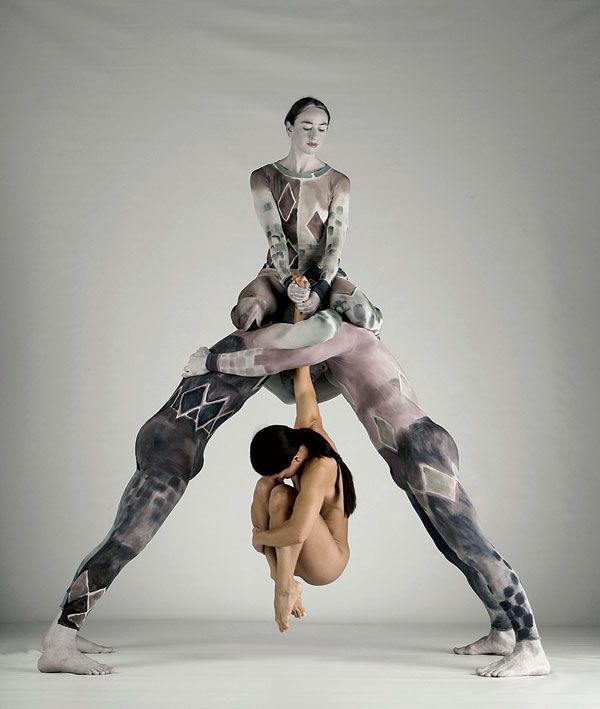
Development of the studio: new directions in the city
Everything was spinning at breakneck speed. Soon I brought new dance styles to the city: aerial gymnastics on canvases and acrobatics on the ring. This trend had already begun in Yekaterinburg, and I knew that it would soon come to our city. It was necessary to have time to be the first.
At first, all this was not in demand, because it was hard and difficult for the students. It is very painful to practice on the ring and canvases: after the lesson there are huge bruises from hoops and burns from the fabric.
Imagine: you are hanging in the air and you are being held by a rag digging into your body.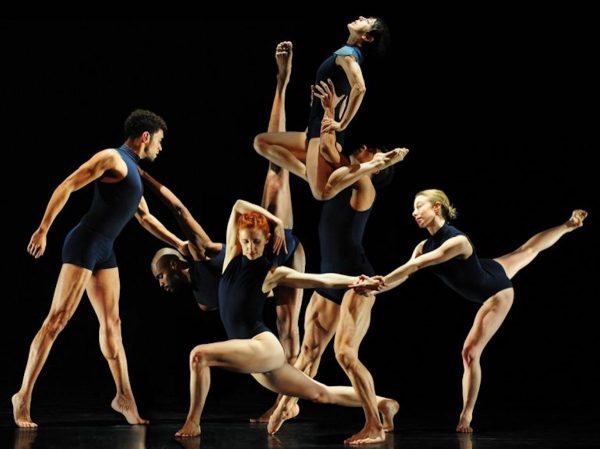
But then the direction unfolded: beautiful photosets and clips with dances on canvas appeared in all social networks, competitions began to be held in cities, dance studios made enticing advertisements.
I was the first to develop this direction in the city, so the students immediately came to me. Once I organized a competition to draw attention to dancing on canvases: for the best photo on canvases, I gave a subscription to eight classes in the studio.
From the outside, these dances seem dangerous, but there have never been any accidents in my classes. Classes are necessarily held with special mats that soften the blows if someone suddenly falls. Teachers are trained and know how to avoid injuries. Before the start of classes, my clients got acquainted with the instructions for safety rules and signed it. Nevertheless, adults understood their responsibility, no one took risks once again.
For classes on canvases and rings, you need to buy additional anchors - these are such fixtures in the ceiling - and soft mats on the floor for safety In general, there are few incidents in this area.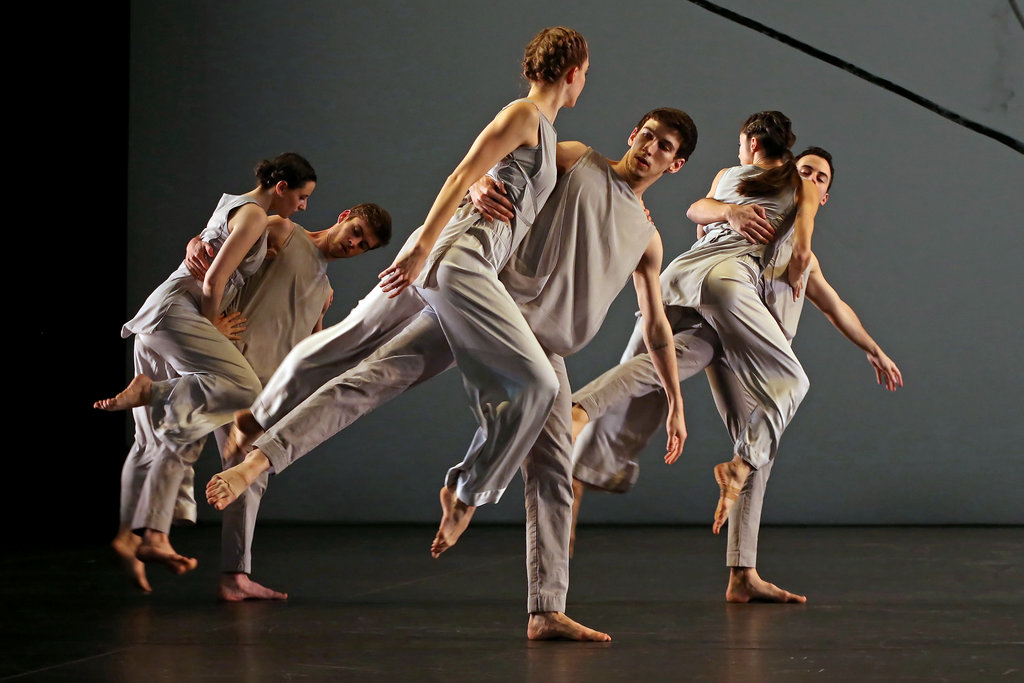 I heard only about one case: in Yekaterinburg, a girl flew off a pylon and broke her arm. But it was a pylon of a different design - a portable one that stands on the podium. It is less stable than a pylon bolted to the floor and ceiling in a studio.
I heard only about one case: in Yekaterinburg, a girl flew off a pylon and broke her arm. But it was a pylon of a different design - a portable one that stands on the podium. It is less stable than a pylon bolted to the floor and ceiling in a studio.
I first looked for teachers at the local circus school, we have a pretty strong one. But we worked with them for a couple of months and did not agree, so I sent several students to study in Yekaterinburg at my own expense - so that they could conduct classes.
44,000 R
I spent on the introduction of a new direction
The introduction of new directions cost 44,000 R: 38,000 R was spent on canvases, anchors and rings, another 6,000 R were spent on teaching teachers.
Children's dance school and missed grant
My students and parents of former students regularly asked to open dance classes for children: variety dances, stretching, modern choreography.
This would help expand the business and reach a different part of the audience. I knew for sure that the project would be successful: I had already worked as a choreographer with children aged 6-7, I had a reputation and potential clients.
I knew for sure that the project would be successful: I had already worked as a choreographer with children aged 6-7, I had a reputation and potential clients.
There was no free money to create a children's school, so I decided to look for a grant and found a suitable one - the competition of the Entrepreneurship Fund. To participate in it, one had to take courses and defend a business plan.
I did not learn anything new during the courses, since I already had an economic education. The next step was to write a business plan and submit an application. I asked for money not just for a children's school, but for business development.
I collected a package of documents: statutory documents, certificates of no debts to government agencies, a certificate of completion of courses, several questionnaires from the foundation itself, a business plan and checks confirming the costs of the project - 15% of the requested amount.
300,000 R
I got to the children's dance school
As a result, I won the competition and received 300,000 R.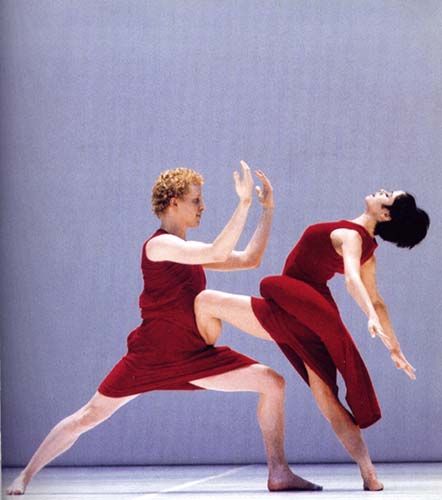
Everything went well, but again there were difficulties with the premises. I needed a hall with an area of 50 m², and these cost 50,000-100,000 R, and not in the center, but on the outskirts of the city. I couldn’t take on such obligations and pay more than 100,000 R for the premises of an adult and children’s studio: I had loans, and if something went wrong, no one would help me.
I tried to search for premises through state auctions and the city administration, I turned to the mayor for help. She offered to do free classes for children from orphanages or large families. But no one came towards me. We have a small city, culture and education are not particularly developed here.
There are factory workers in my city who prefer to drink and watch TV after work.
It was not accepted to get involved in something or have a hobby, so it is difficult to develop in a creative environment.
As a result, the school could not be opened. I spent a grant on an existing studio, and the foundation accepted it, because I originally asked for money to expand and develop the business. So the grant was well spent.
I spent a grant on an existing studio, and the foundation accepted it, because I originally asked for money to expand and develop the business. So the grant was well spent.
Despite the history with the grant, 2014 was a successful year: for the first time we held the first major dance event in the city — a pole dance competition. At the same time, it became possible to open branches in other cities: I found two halls and a representative, and I could launch three schools at once. But she was afraid of responsibility and put it off for the future.
/pozhaluite-grant/
How I got a grant for 100,000 R
I was afraid to carry such a large financial burden on my own, especially the simultaneous payments for four rents. I also wouldn’t have had enough time to manage all the studios myself, and there was no one to delegate.
If I created a network of dance studios, it would raise the status of the project, bring in additional income and allow the sale of the franchise to start.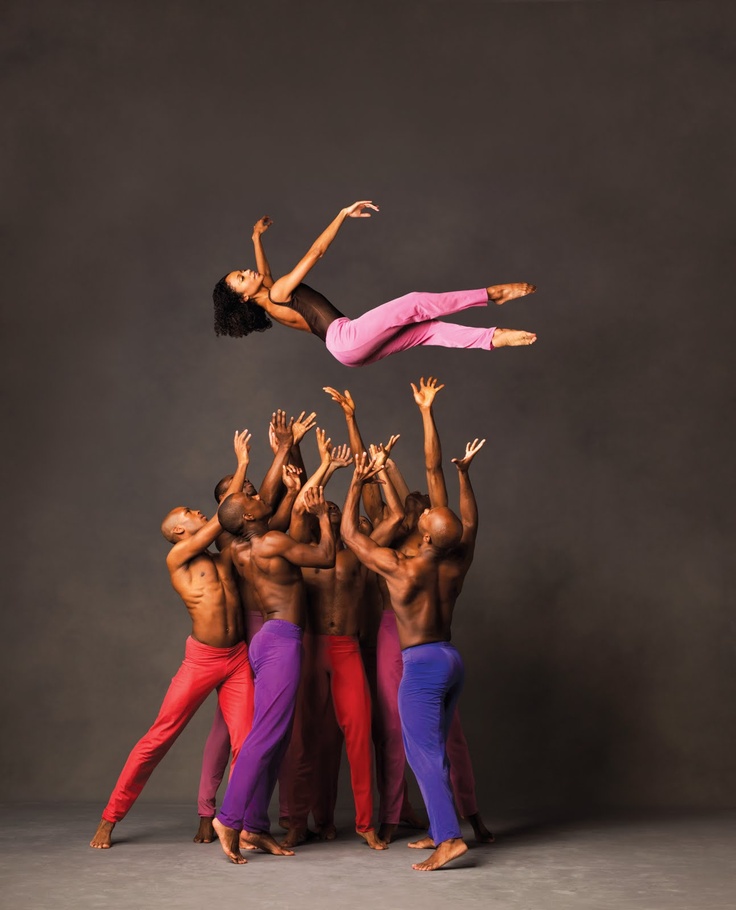 In the future, I did not have such opportunities.
In the future, I did not have such opportunities.
Went into the red and started again from scratch
In the winter of 2014, things went badly. At first I thought that it was just the off-season, winter and summer in this area are disastrous months. I had a small airbag with which I closed the holes. But in the spring it ended, but the situation did not get better, and the business went into the red.
Just then, the financial crisis happened, and it hit my city significantly: salaries dropped a lot, people began to save money - and first of all on hobbies. The city has a poor population, business is not doing very well, and financial shocks have a strong effect.
It seems to me that my business went into the red mainly due to two reasons:
- Some of the teachers turned out to be unscrupulous - they conducted additional classes in the studio past the cash desk. Or they were trained at my expense, and then left and poached students.
 I noticed this just in the fall of 2013 and in the winter of 2014, I was losing 20,000-35,000 rubles a month because of this.
I noticed this just in the fall of 2013 and in the winter of 2014, I was losing 20,000-35,000 rubles a month because of this. - Clients asked to extend their subscriptions in advance, but never brought money. In the winter of 2014, there were a lot of such cases - about 9— 12 people per month.
As a result, the studio's income fell from 110,000 to 60,000 rubles. I was forced to fire unscrupulous teachers and could no longer pay rent.
I had to move from a good place to nowhere, and the studio stopped working for almost a year - until February 2015.
Despite the closure, I believed in my project and had no idea what else to do. At that moment, the studio seemed to be the work of my whole life. In January 2015, I saw an advertisement for the delivery of a building with four-meter ceilings and two large halls.
By that time, competitors had already begun to appear in the city, who also taught half-dance. Half of my students and all the staff went to them - this time no one expressed loyalty and did not wait for me to solve problems.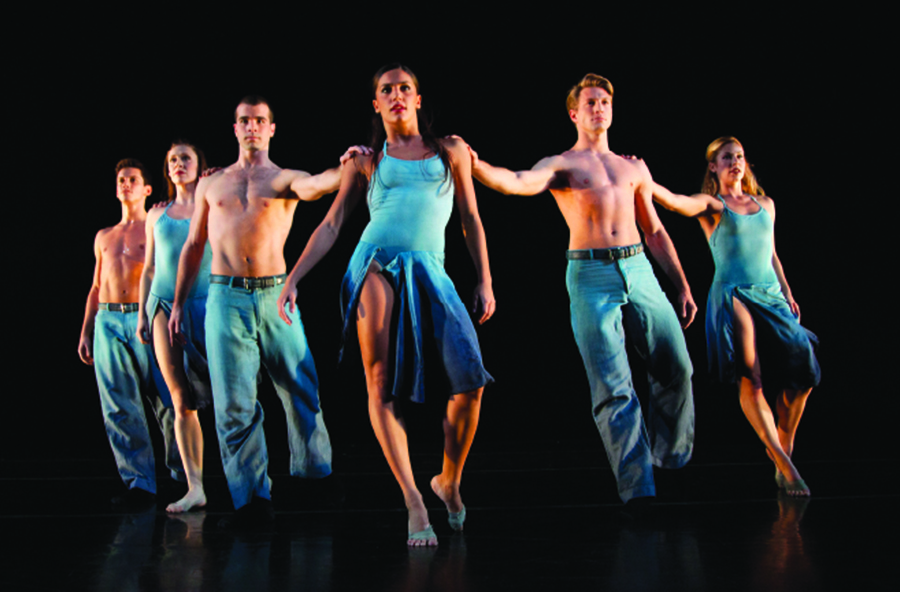 But the description of the new premises hooked me, and I decided to open again. She recruited teachers from her former students, and also looked for clients through social networks.
But the description of the new premises hooked me, and I decided to open again. She recruited teachers from her former students, and also looked for clients through social networks.
The repair of the hall took several months, so the studio opened only at the end of March. With difficulty, but I brought the business to its previous level, launched joint courses with teachers from other cities. I spent 285,000 R on the opening - these are the costs of repairs and rent for three months. I borrowed part of the amount from a friend, I earned part myself - at night I wrote diplomas in economics for students.
285,000 R
I spent on opening a new studio
How I decided to sell the studio two months. I managed to pay off debts for repairs and reach a stable profit.
In 2016, a lot has changed in my life. I met my future husband, we began to live together, and then we decided to move to another city. The business was irrelevant for me, and I put the studio up for sale.
It was planned that it would be bought by one of the old students who have been in the studio since its foundation. And so it happened. We negotiated with one of the students for almost a month. By that time, I had already closed my LLC and was about to move. Therefore, I sold the studio to her as an individual with the transfer of all rights, property and equipment for a symbolic 100,000 R - this is how much the equipment of the hall cost, taking into account wear and tear.
After the sale, I introduced the new owner of the studio to the staff and students, completed all personal affairs and never returned to this topic.
Expenses for December 2016
| Salary | 25 000 R |
| Premises for rent | 14 000 R |
| Drinking water and disposable cups | 2000 R |
| Alcohol | 2000 R |
| Utility payments | 1500 R |
| Total | 42 500 Р |
Salary
25 000 R
Renage Р
What mistakes affected the development of the business
Despite the successful start of 2014, I made mistakes that slowed down the development of the business.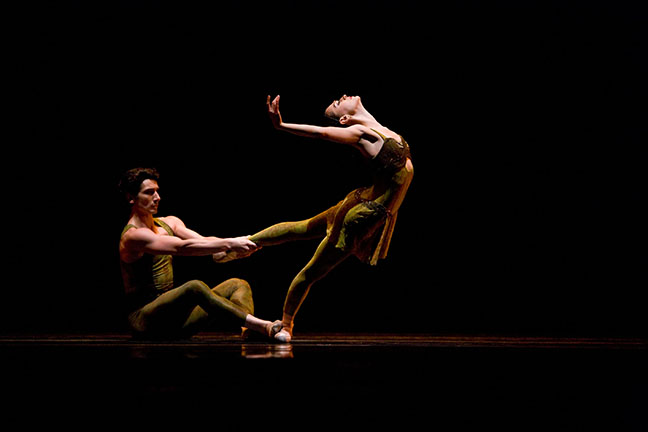
Did not conclude contracts with teachers, because I relied on their integrity and honesty. As a result, they went through training that I paid for, then went to competitors and took students away. To prevent this from happening, I needed to legally fix the training and confidentiality conditions. For example, to prescribe in the contract that the teacher is obliged to work in the studio for a certain period after completing the training or pay its cost, otherwise - a fine.
Gave the keys to the studio to all teachers. I didn't follow what the teachers were doing in the studio outside of class, and someone began to conduct classes past the cash register. Usually, an administrator works in studios, and only he has the keys: he opens and closes the studio, marks clients, and monitors subscriptions.
Made the salary too high in the city. I could save about 15,000 R per month on teachers' salaries and spend this amount more appropriately - on advertising or attracting additional teachers during the daytime and weekends.
Didn't introduce strict visiting rules and didn't set up an accounting system. I went forward when the students asked to renew the subscription on credit or pay in installments. Because of this, I lost some of the money: clients went to classes, but never brought money for them, and I could forget who did not pay. If we had a CRM or other customer accounting system, these problems could have been avoided.
Irrationally used the premises. Instead of opening a second hall and teaching other dance styles, I made a dressing room and an office for employees in its place. In addition, it was possible to sublease the premises in the morning and afternoon, when there were no classes. I was offered this, but I refused. The studio could have a large sum from the evening for the sale of subscriptions, so you would have to keep track of those who rent the hall for sublease - either hire an administrator or do everything yourself. There was no worker for a nominal fee, and I didn’t have enough time.
Did not use all advertising tools . It was possible to attract well-known personalities in the city for cooperation, place booklets and business cards in popular places, launch targeted advertising and more actively maintain a page on Instagram. When I reopened the studio, I no longer invited the press and did not arrange master classes, and as a result, they began to forget about the school, especially since three competitors appeared.
Made hasty decisions. The third move was unsuccessful: the studio was in an area that was difficult to reach by public transport, too much money was spent on repairs, and it was difficult to get along with the landlords. For example, they promised to install batteries for three months and started working only when I threatened to leave. All agreements with landlords had to be fixed in writing in the contract, and not limited to verbal promises.
Invested in an ad that didn't work.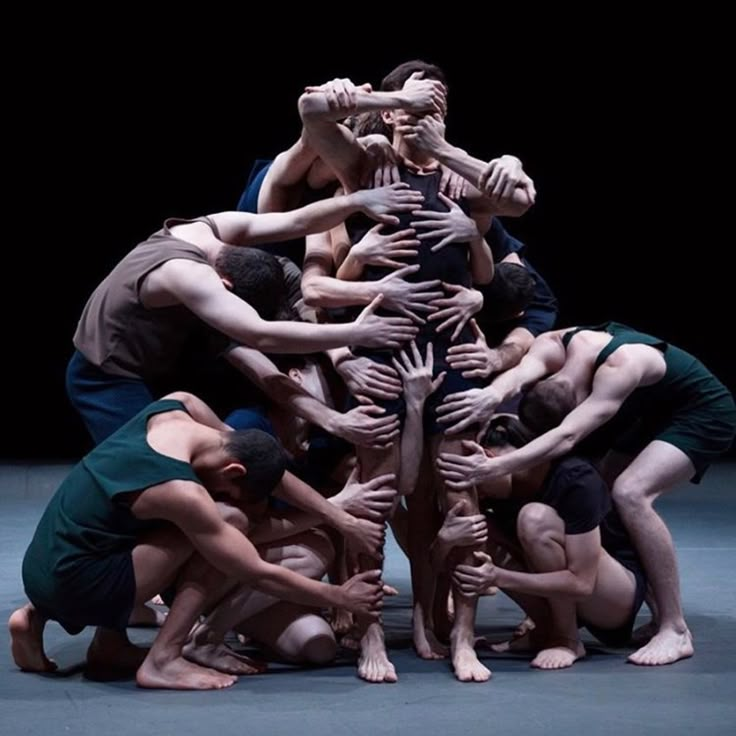 I spent 27,000 R on advertising on a local news site - not a single new client, not even a single call. About 4,000 R was spent on business cards. It was not possible to put them in popular places, because the owners asked for it from 5,000 R per month. And in the places where I put business cards - near familiar coffee shops and beauty salons - there was too little traffic, so this did not bring any effect.
I spent 27,000 R on advertising on a local news site - not a single new client, not even a single call. About 4,000 R was spent on business cards. It was not possible to put them in popular places, because the owners asked for it from 5,000 R per month. And in the places where I put business cards - near familiar coffee shops and beauty salons - there was too little traffic, so this did not bring any effect.
I spent another 25,000 Rs on a sign for the entrance to the studio and a banner for the competition. Both were useful only once: the sign could not be taken away when moving, and although it attracted attention, it was possible to save money on it.
Dance section for Komus employees: classes will start soon!
The Komus company met the wishes of employees who would like to engage in not only sports sections: soon, for the first time in the history of the Company, a dance section for the Moscow divisions of Komus will start working! The other day, open lessons were held, where professional teachers presented possible pair and solo directions to those who wished to dance. Participants of the trial classes - employees of "Komus" - talk about their impressions.
Participants of the trial classes - employees of "Komus" - talk about their impressions.
Shall we dance?
At the end of September in "Komus" was announced acceptance of applications for visiting the dance section. Prior to this, employees privately expressed a desire to attend not only purely sports sections, but also more creative areas, such as dance. Already on the third day of accepting applications, more than 100 participants registered, today it is already 170 employees from various departments!
So that those who wish to practice could understand which direction they are more inclined towards, the Group of Corporate Events of the OSR DP organized open lessons in dances of various directions. For 2 evenings, employees were able to try six dance styles at once: hip-hop, zumba fitness, bachata, salsa, hustle, Argentine tango. The level of preparation did not matter, from those who came to the open lesson, only the desire to learn how to dance was required.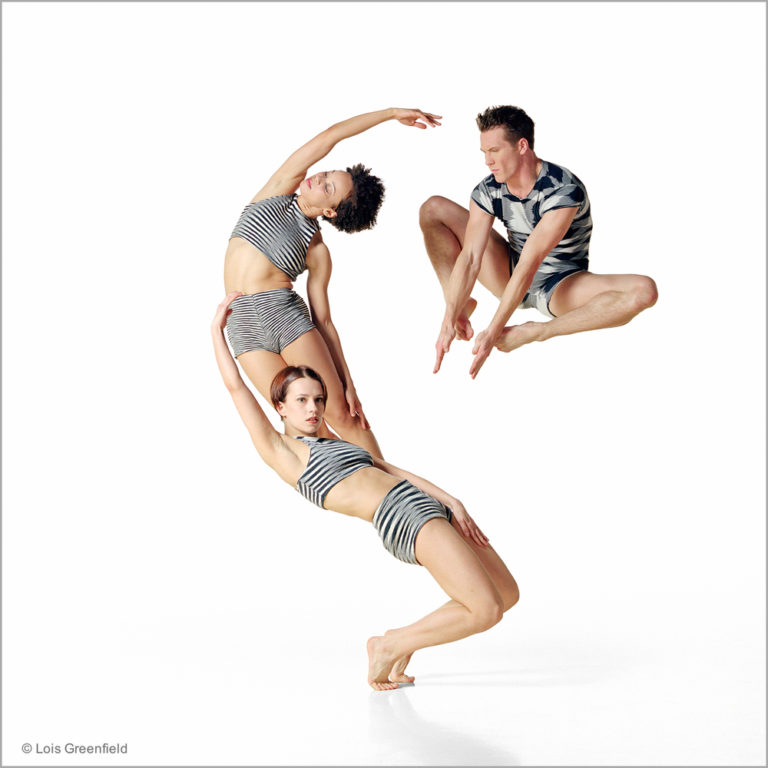 Also, for a comfortable stay at the dances, the participants were recommended to have comfortable clothes and changeable shoes (light sports or dance shoes).
Also, for a comfortable stay at the dances, the participants were recommended to have comfortable clothes and changeable shoes (light sports or dance shoes).
Professional teachers first presented their directions, talking about the history of dance and demonstrating high mastery of this art. And then they invited everyone in the master class mode to try to master the basic movements and steps, to improvise together, charging the whole audience from Komus with positive energy.
Open lessons were held at the Social Dance Center (Staraya Basmannaya st., 36, building 2):
October 9 - solo modern dances (hip-hop, zumba fitness)
Which dances to choose and why
In total, 150 employees from different departments of Komus from all over Moscow and the nearest suburbs have already attended the classes.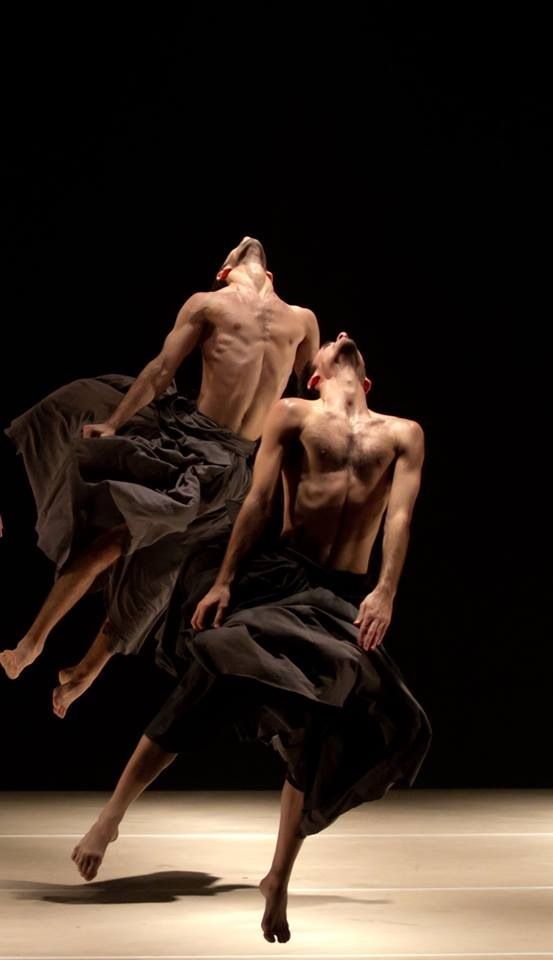 We asked our colleagues who attended the open classes what place dance takes in their lives, what dance styles they saw were the closest to them and whether they plan to study in the corporate section of our Company.
We asked our colleagues who attended the open classes what place dance takes in their lives, what dance styles they saw were the closest to them and whether they plan to study in the corporate section of our Company.
| Zankova Olga Aleksandrovna, specialist of the Technical Support group of information and technological support for marketing SCITPPM DKRP, thanks to the trial lesson on solo dances on October 9, embodied its dance dream: |
 I think many dreamed of dancing like this!
I think many dreamed of dancing like this! And when information appeared on our website about enrolling in a dance studio, I signed up without hesitation! I really wanted to learn how to dance like a pro! With colleagues, I was at an open lesson in solo directions, bright and youthful Zumba fitness and hip-hop “sunk into my soul”. The second style, despite the complexity and the large number of movements that we learned (even though we didn’t always get into music out of habit), really lit me up! I have already applied for these two directions. Of course, I would devote more time to hip-hop than to zumba: I hope that a large group will be recruited in our Komus company, and together with others I will be able to learn this truly emotional dance, in which there is so much freedom for self-expression!
I would like to wish my colleagues: there is no need to refuse such a real opportunity to learn to dance (and next to work!), to acquire stage movement skills. And maybe even prove that you can move and develop in your favorite dance direction no worse than professionals.
 I wish everyone good luck, positive emotions from dancing – and see you on the corporate dance floor after work!”.
I wish everyone good luck, positive emotions from dancing – and see you on the corporate dance floor after work!”. | Ermakova Marina Dmitrievna, the operator of the HRC Service Group, came to classes 2 evenings in a row, because she wanted to see and try as many destinations as possible: |
“I just love to dance, as a child I was engaged in dancing and acrobatics. But now, because of her studies and work, she could not go to classes, although in her heart she really wanted to. And then "Komus" gave the opportunity to return to a useful, interesting and favorite pastime. My little dream came true!
I attended an open lesson in both solo and pair dances. At the entrance to the dance school, we were met, introduced to the schedule and escorted to the locker rooms. The atmosphere was comfortable and homely.
The atmosphere was comfortable and homely.
I really liked the solo dances! Impressions from the first lesson are simply indescribable. The teachers were at their best: they exuded a charge of drive, vivacity and energy. And what does a person need after a day of hard work in front of a computer? Exactly this! They also turned out to be attentive and understanding (after all, many came to classes without any preparation). I liked the new direction - zumba. It's just right for me: I'm a young girl, full of energy. There was such drive and speed at our Zumba class that after class, happy and a little tired, I almost fell asleep on the train on the way home! I want to do zumba, I was also interested in the direction from the pair lesson - hustle. I'm ready to continue dancing right now!
I am proud that I was accepted into the Komus team. I believe that dancing can give colleagues relaxation after work, a boost of vivacity and new acquaintances. It is great when the Company can provide its employees with the opportunity not only to work, but also to spend their leisure time with benefit.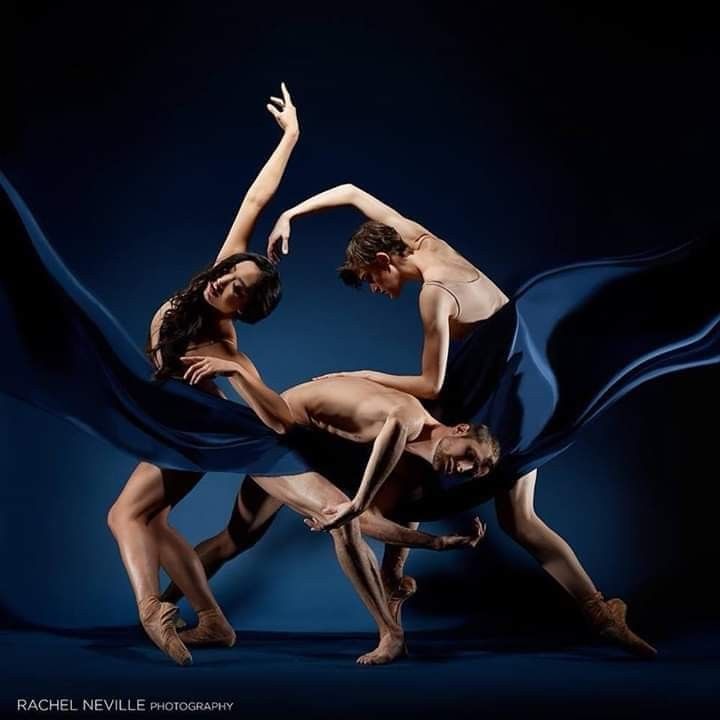 And most importantly - it's free! I hope that most of the Komus team will attend dance classes and find it interesting and exciting for themselves!”.
And most importantly - it's free! I hope that most of the Komus team will attend dance classes and find it interesting and exciting for themselves!”.
“I want to invite you to dance…”
| Voinov Richard Leonardovich, manager-logistician of the Local Supply Group of the SLP Supply Department of the UCPR LC, showed interest in social pair dancing and came to class on October 10: |
“In this age of fitness, we repeat the standard set of movements,
which does not require the work of thought, improvisation. But there is dance - an integral part of life, a meaningful movement in which a person controls his body.
Last week I was lucky enough to attend the presentation of dances that belong to the social group, that is, they are available to everyone, regardless of preparation. At the lesson, I was with colleagues from Komus and we started with salsa. The first time I got into salsa classes was in 2004, and therefore I knew its history. This dance originated in Cuba, consists of a mixture of movements of various dances and is safe for health in terms of stress. Unlike ballroom dancing, which requires super flexibility, endurance and memorization of movements, this is a complete improvisation - movements are based on inertia and do not require preparation. On Liberty Island, it is danced until old age, and in some Caribbean countries it is even recommended for pregnant women. Bright bachata, which we got acquainted with on the same autumn evening, “came” from the island neighboring Cuba, and is now at the peak of popularity in Russia. Knowing the movements of these dances, it is easy to find a social circle of dance interest in the vast majority of cities in Russia and Europe.
At the lesson, I was with colleagues from Komus and we started with salsa. The first time I got into salsa classes was in 2004, and therefore I knew its history. This dance originated in Cuba, consists of a mixture of movements of various dances and is safe for health in terms of stress. Unlike ballroom dancing, which requires super flexibility, endurance and memorization of movements, this is a complete improvisation - movements are based on inertia and do not require preparation. On Liberty Island, it is danced until old age, and in some Caribbean countries it is even recommended for pregnant women. Bright bachata, which we got acquainted with on the same autumn evening, “came” from the island neighboring Cuba, and is now at the peak of popularity in Russia. Knowing the movements of these dances, it is easy to find a social circle of dance interest in the vast majority of cities in Russia and Europe.
And the next “shock”, or discovery, for me was tango - a special, bewitching dance, but, as the teachers showed us, it can be easy to learn.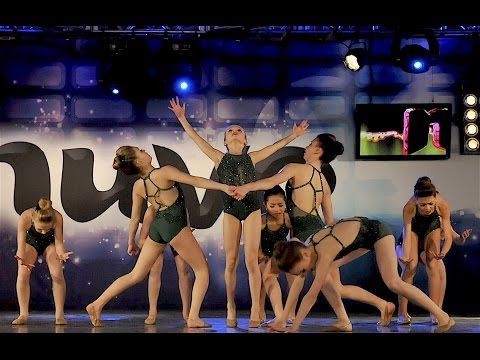 I am grateful to the organizers of our open lessons: it was a surprise for me that it was possible to present several pair directions at once and let each dance “taste” in such a short time, allowing the dancers to show their abilities!
I am grateful to the organizers of our open lessons: it was a surprise for me that it was possible to present several pair directions at once and let each dance “taste” in such a short time, allowing the dancers to show their abilities!
I would like to learn how to dance bachata and salsa at the dances organized by the Company. I recommend my colleagues to join: dance classes will allow my colleagues to learn how to be harmonious, hear music and rhythm, develop mindfulness, become healthy and cheerful!”.
| Shpolyansky Dmitry Alexandrovich, Head of the DBT Operation and Support Service, tells why dancing with colleagues is great, and what dances he decided to master after attending the lesson: |
“Until I attended open dance classes for Komus employees,
I was dominated by the stereotype that ballroom dancing is a distant and alien world for a man. I used to watch the performances of couples on TV and thought that I see masters of sports with unattainably brilliant technique, who have devoted many years to the lesson. Then one day in a club I saw ordinary people dancing Latin American dances - beautifully, freely and liberatedly. It was so incendiary that there was a desire to join! I even thought about taking a few lessons. When a few days ago our Company offered to learn how to dance, I was delighted and signed up right away.
I used to watch the performances of couples on TV and thought that I see masters of sports with unattainably brilliant technique, who have devoted many years to the lesson. Then one day in a club I saw ordinary people dancing Latin American dances - beautifully, freely and liberatedly. It was so incendiary that there was a desire to join! I even thought about taking a few lessons. When a few days ago our Company offered to learn how to dance, I was delighted and signed up right away.
Impressions from the lessons - positive and drive. Thanks to the teachers, I got the impression that it would not be difficult to master fashionable Latin American dances, if there was a desire! I realized that salsa and bachata are “mine”, but hustle seemed more difficult. Out of habit, my knees ached a little (I tried so hard to do all the movements of each dance), but I left the class very satisfied, “on the rise”. And I even imagined that, having studied in the Company section, I would be able to visit many interesting places in Moscow where you can dance and relax. Latin American dances are energetic, beautiful and passionate dances, a good rest for the soul.”
Latin American dances are energetic, beautiful and passionate dances, a good rest for the soul.”
Section official opening soon!
Acquaintance with the dance school and teachers successfully took place. Our employees gave positive feedback and expressed their desire to continue learning. How will events develop now?
Based on the results of open lessons, the most popular dances for further training in groups will be determined (a corresponding survey is currently being conducted). Both beginners and those who want to support or improve their dance level can do it! Since the Company fully finances the section, classes in it will be free of charge for our employees. The start of regular classes and the schedule will be announced separately, as groups form. Follow the information on the Company's corporate website www.
